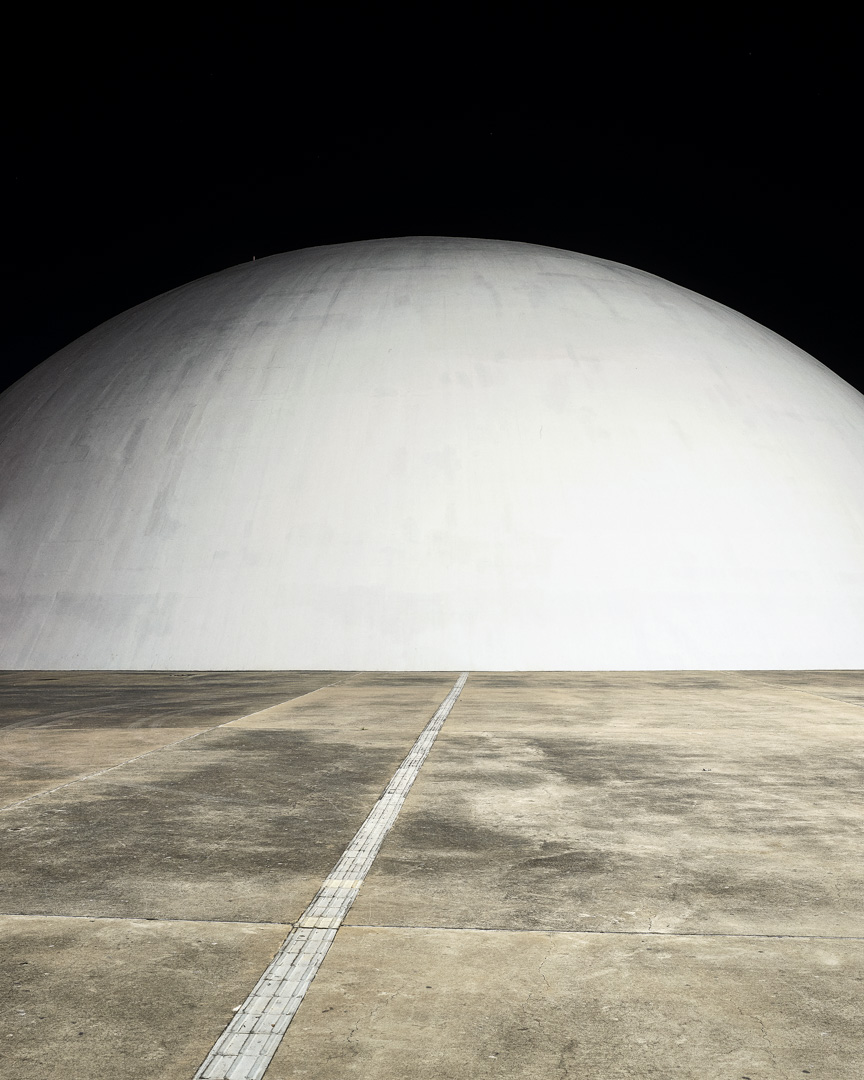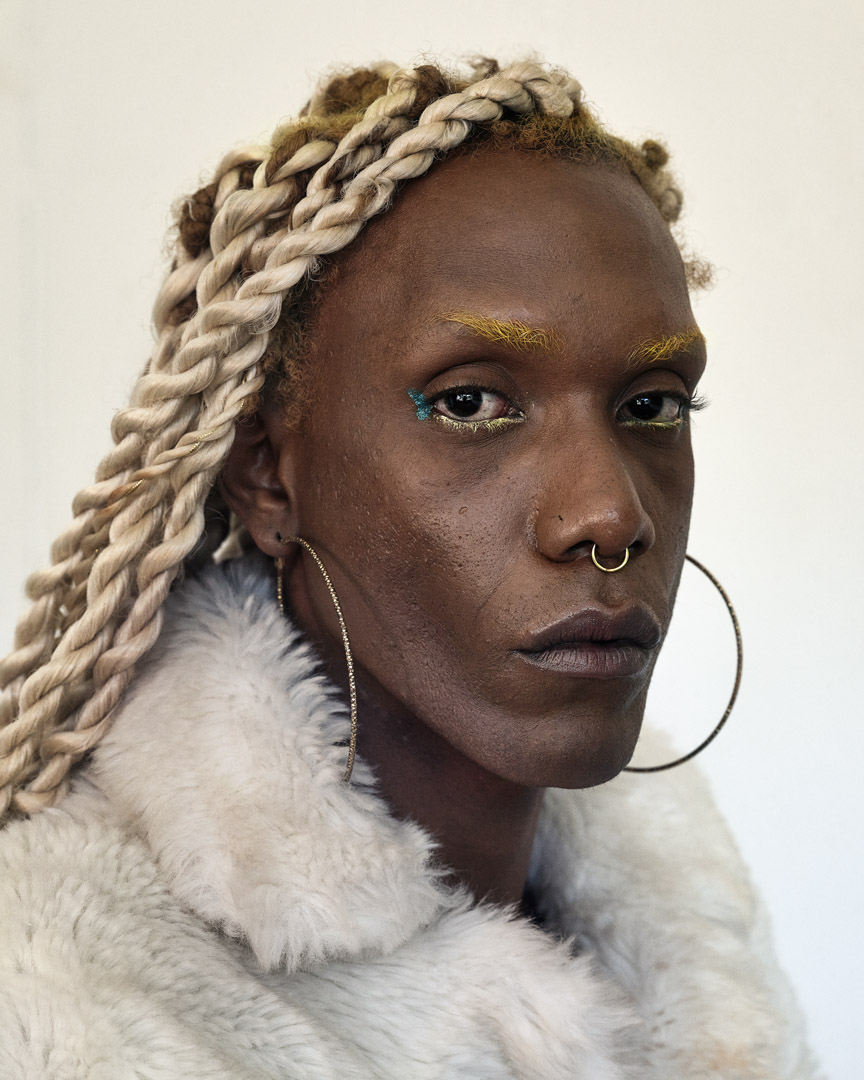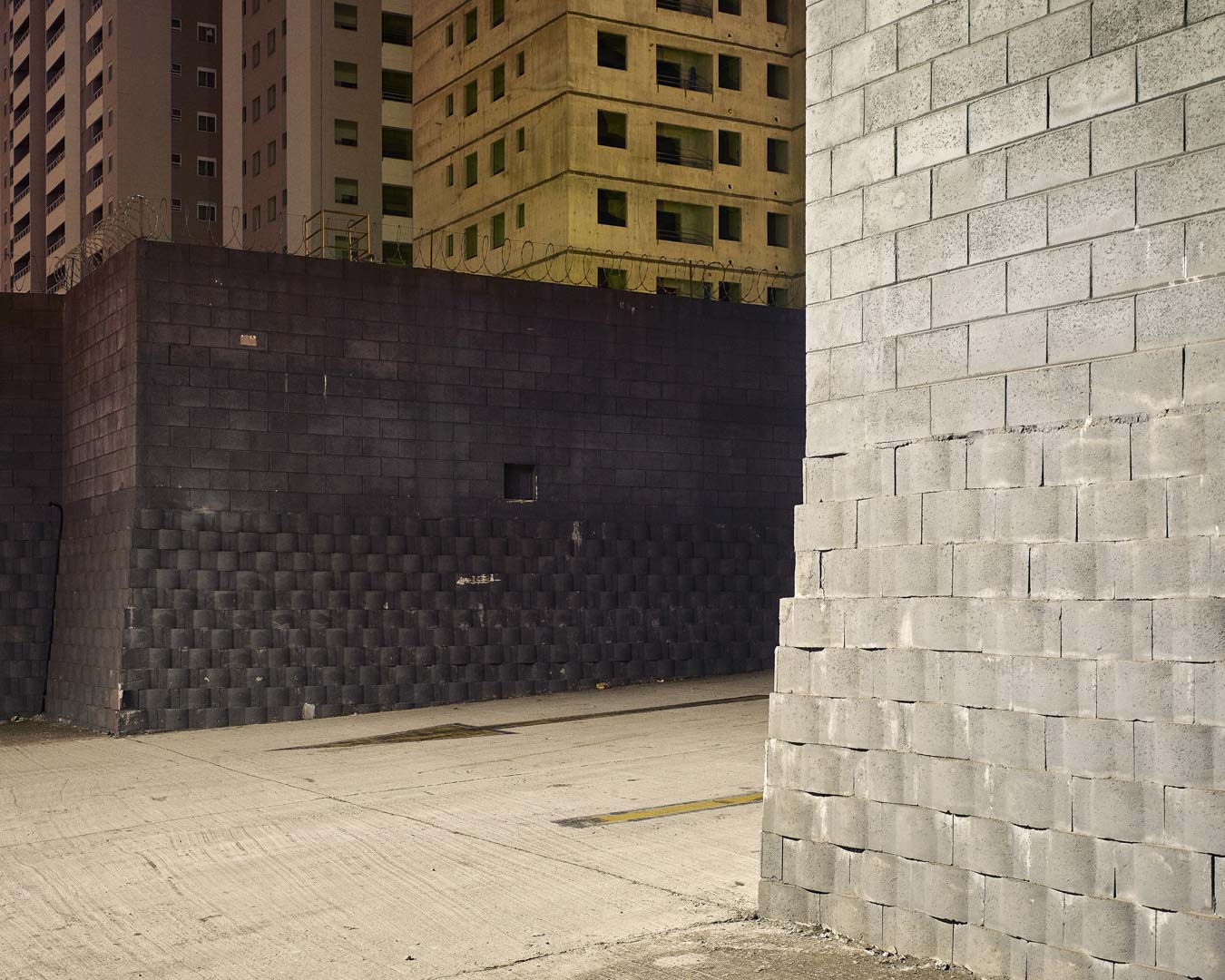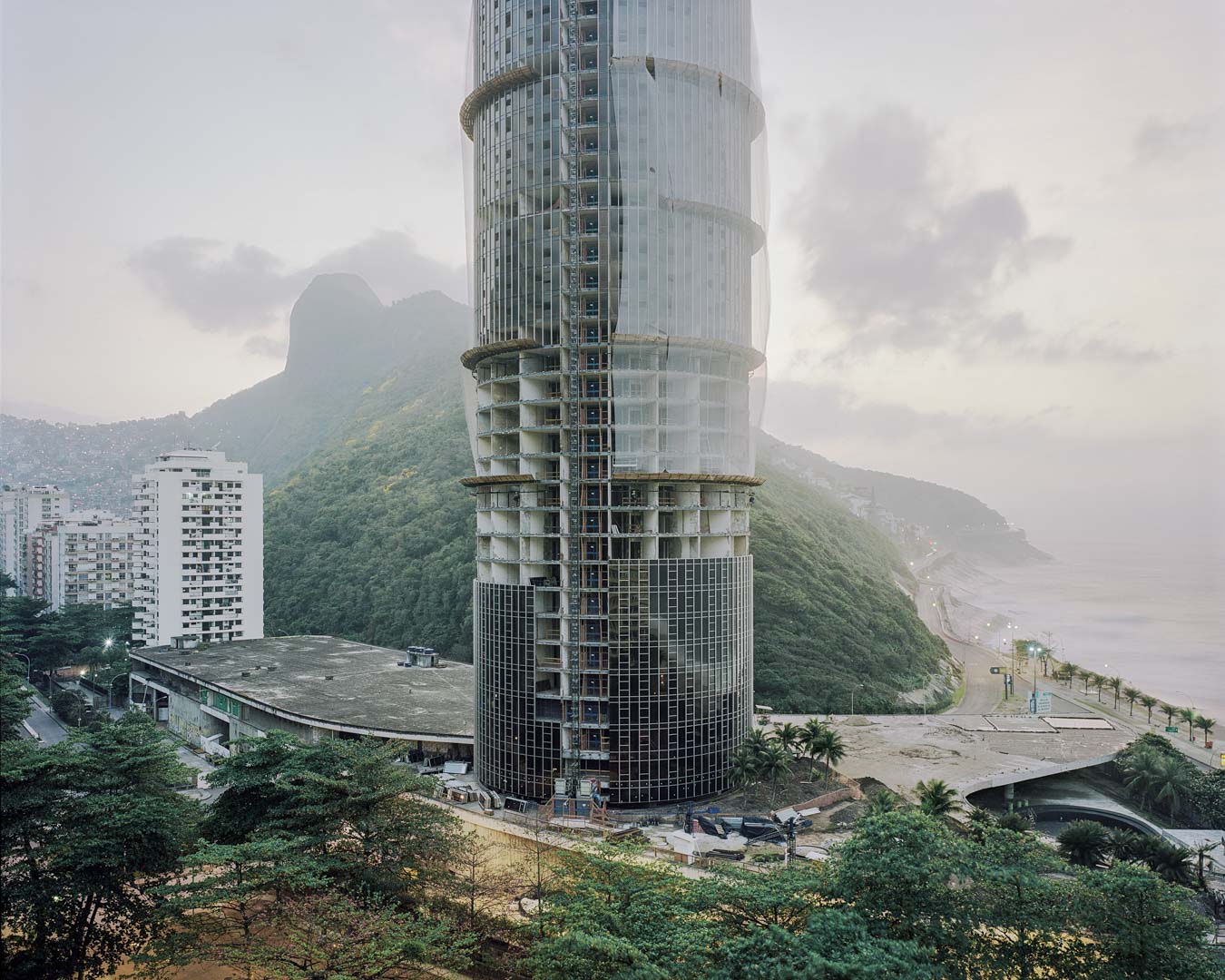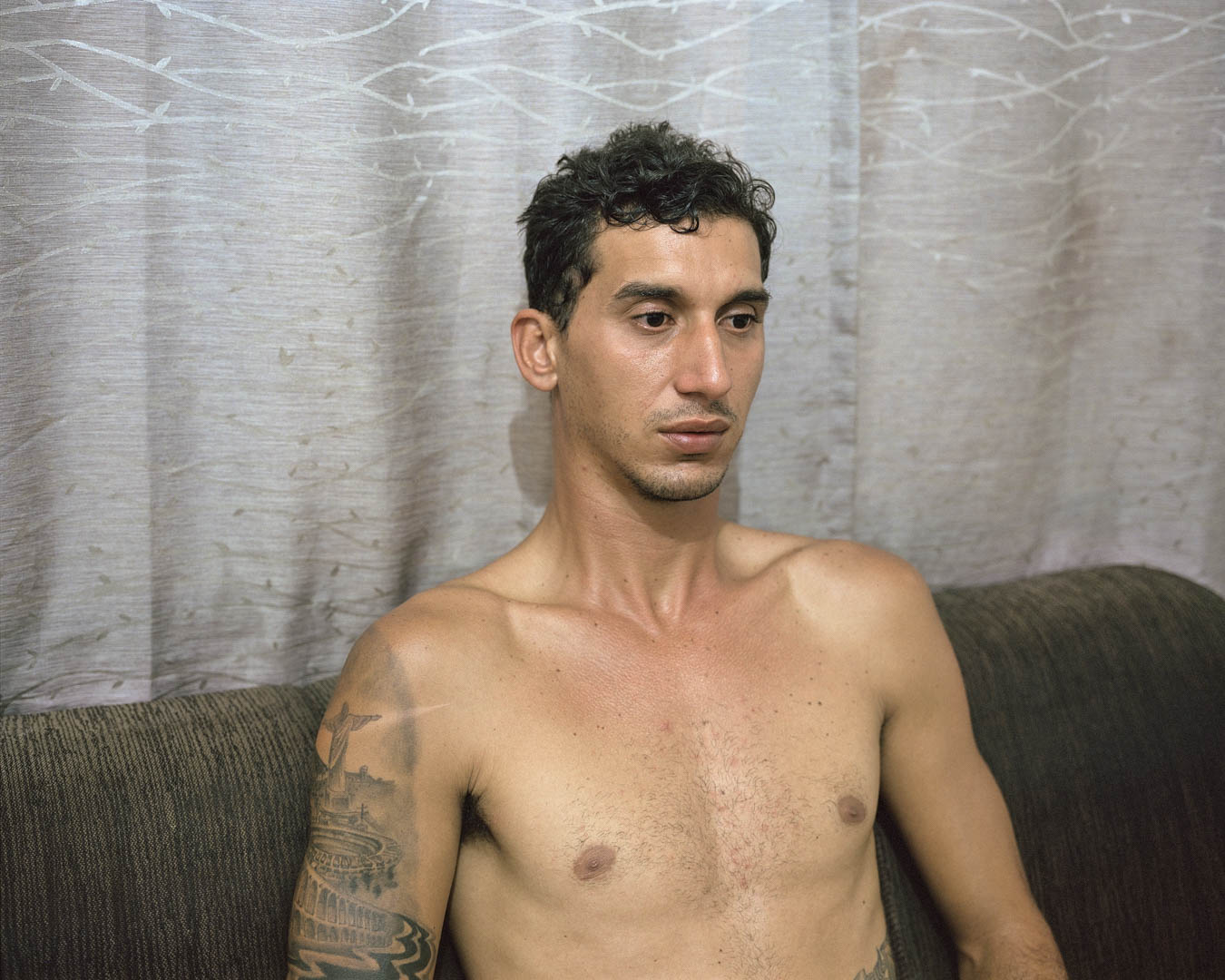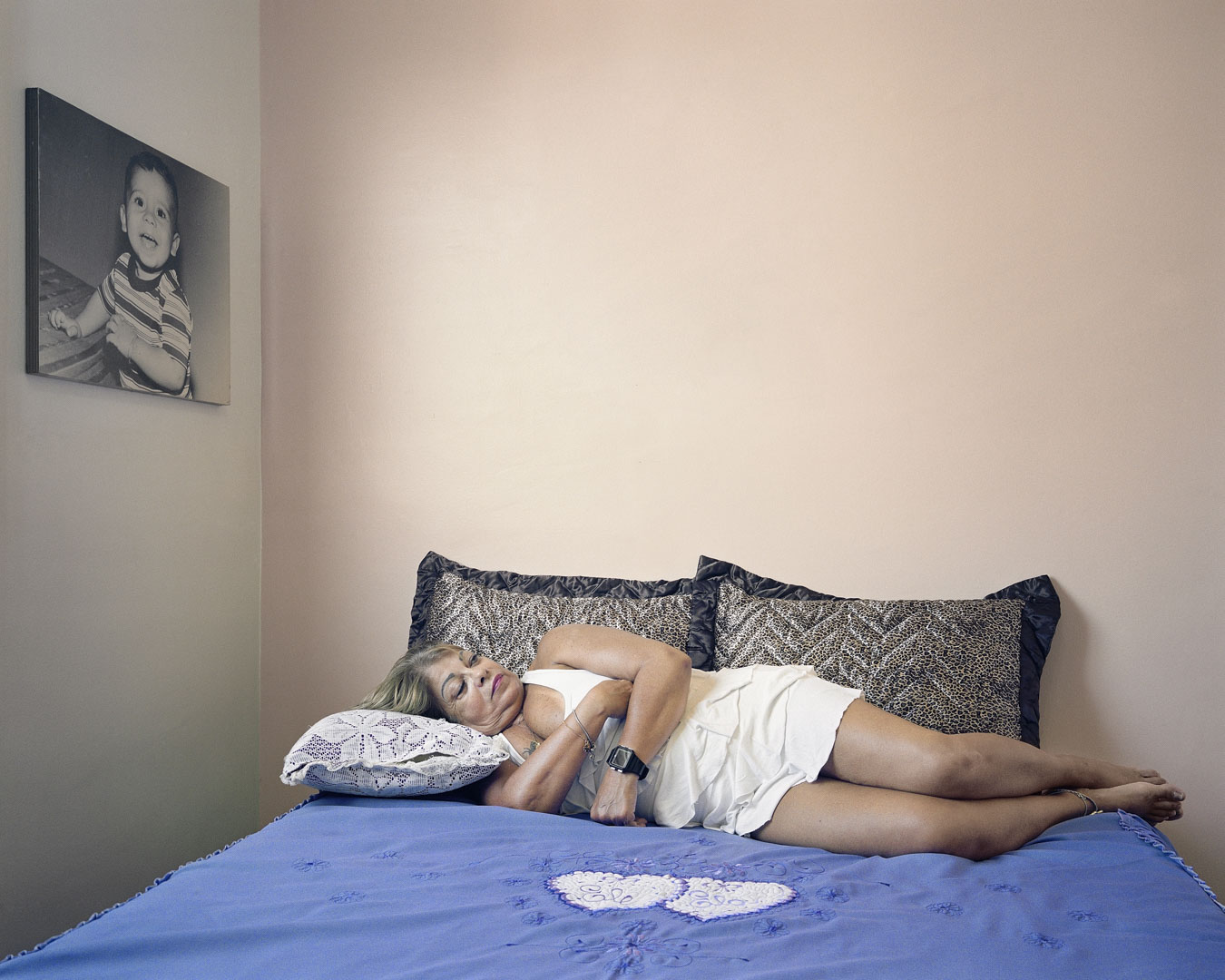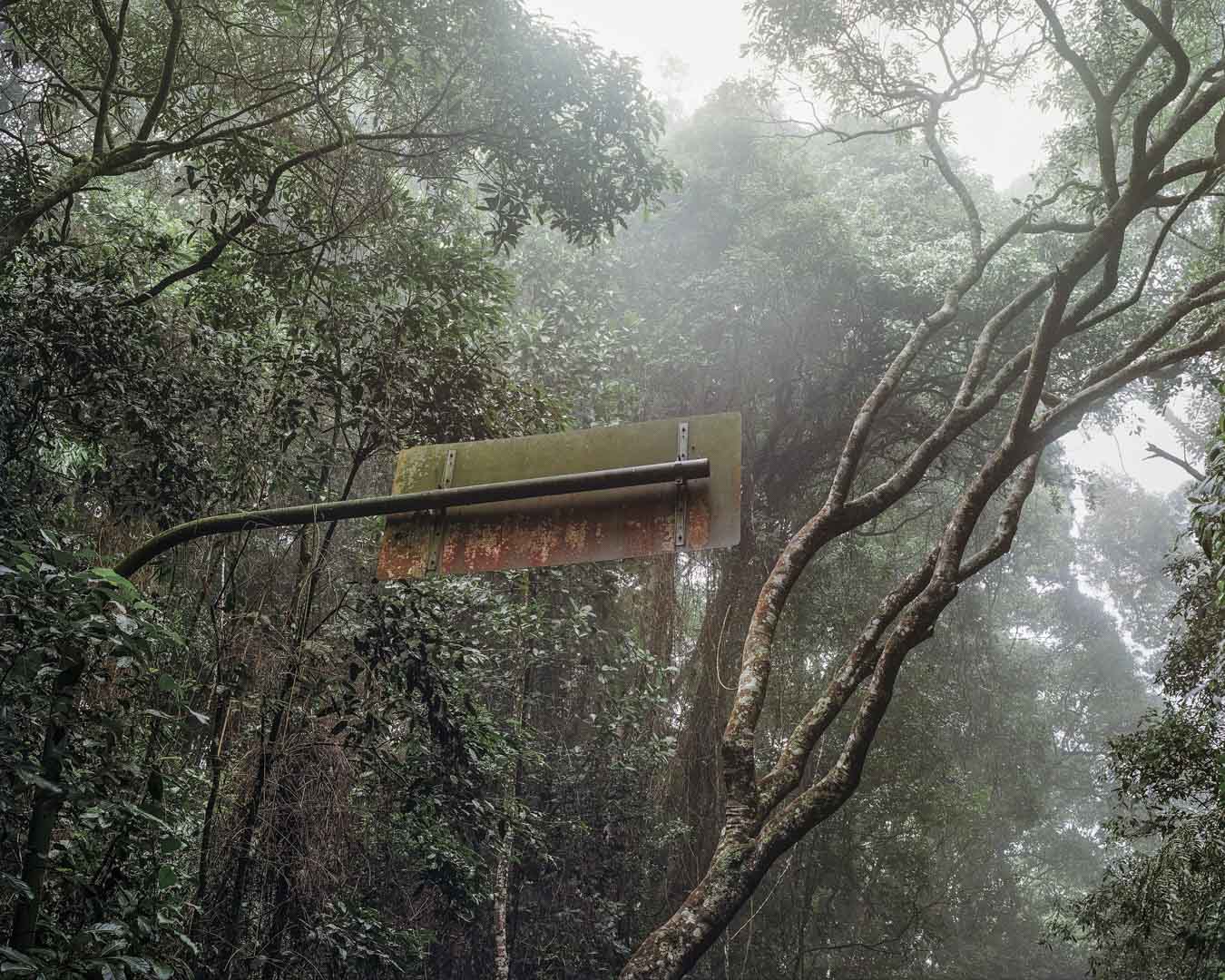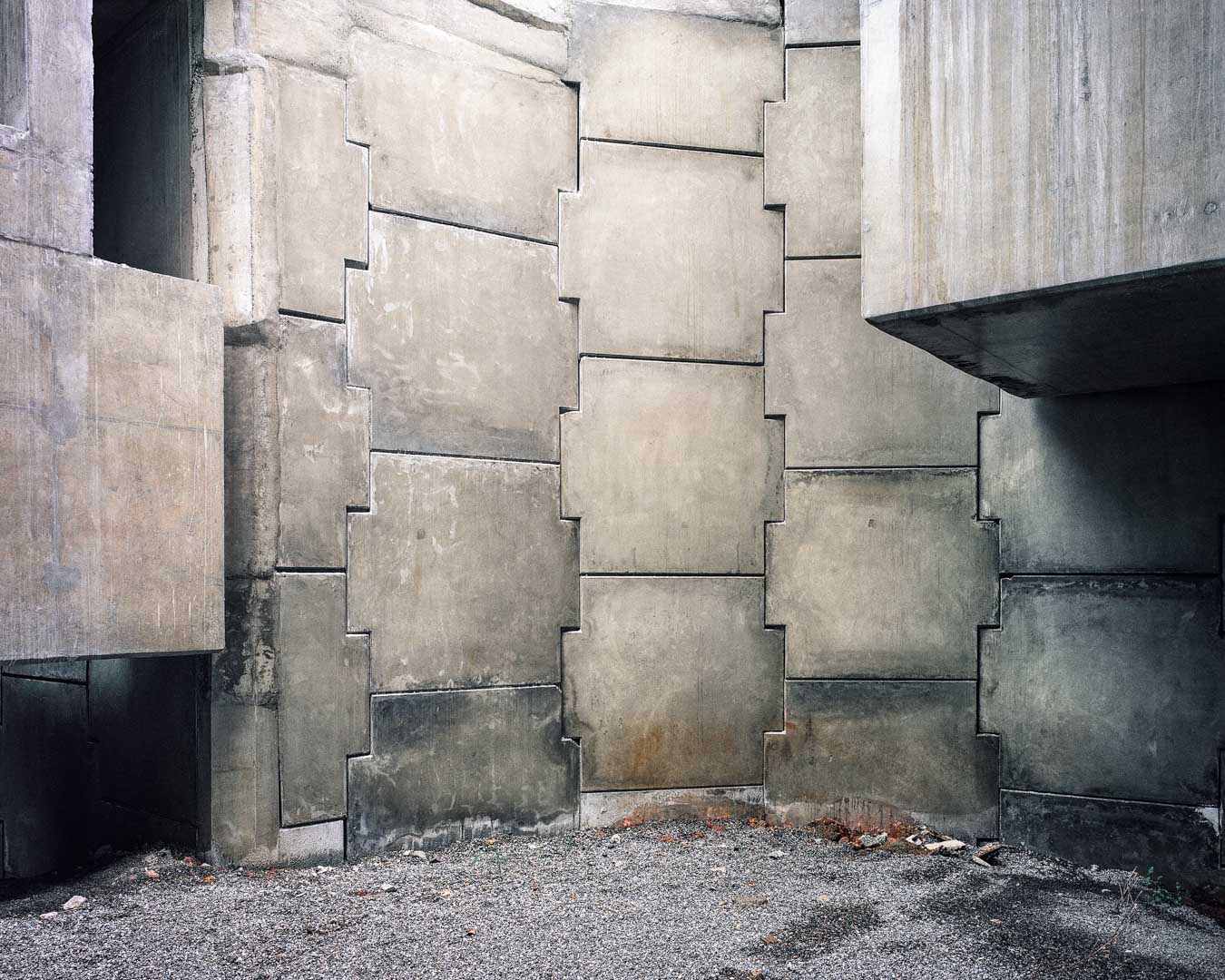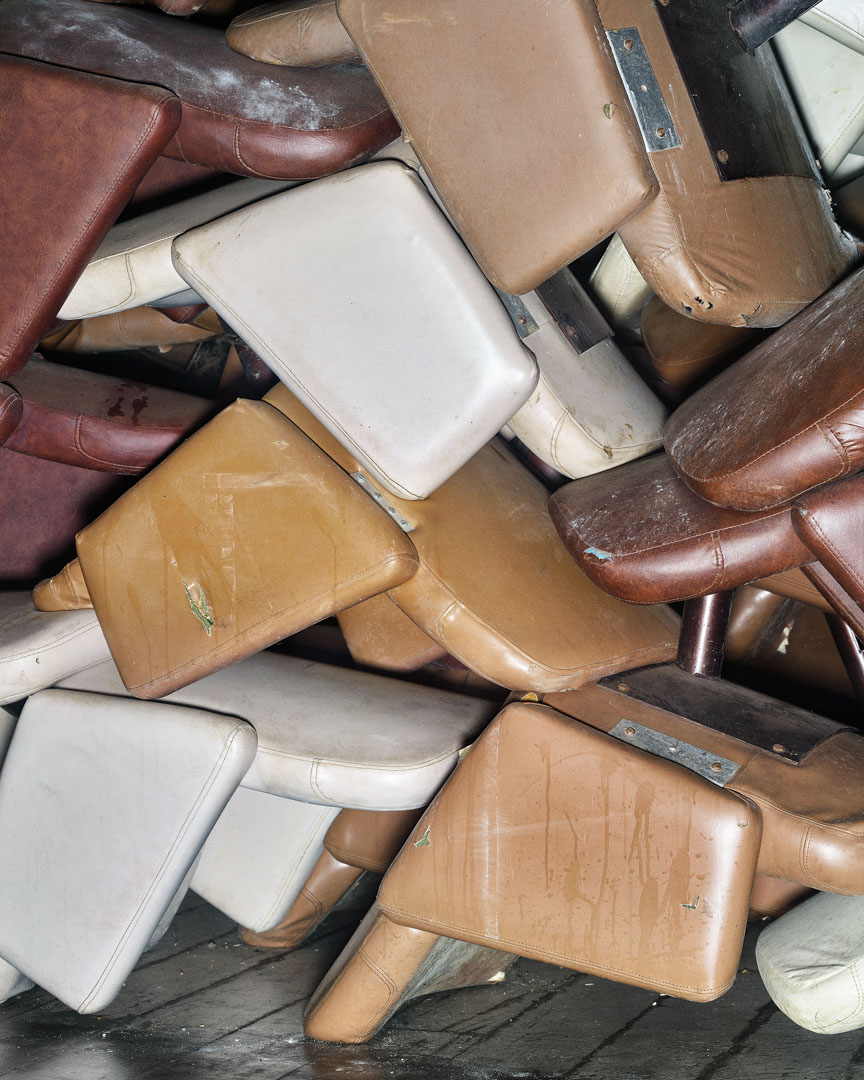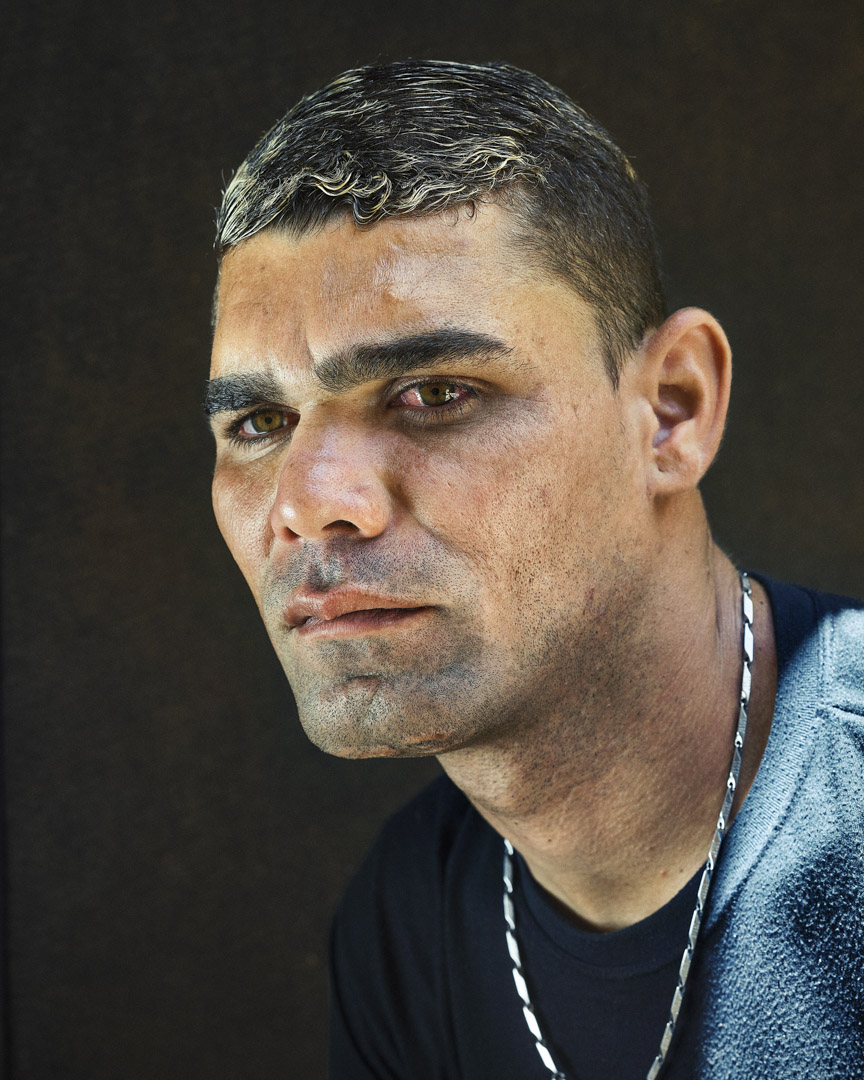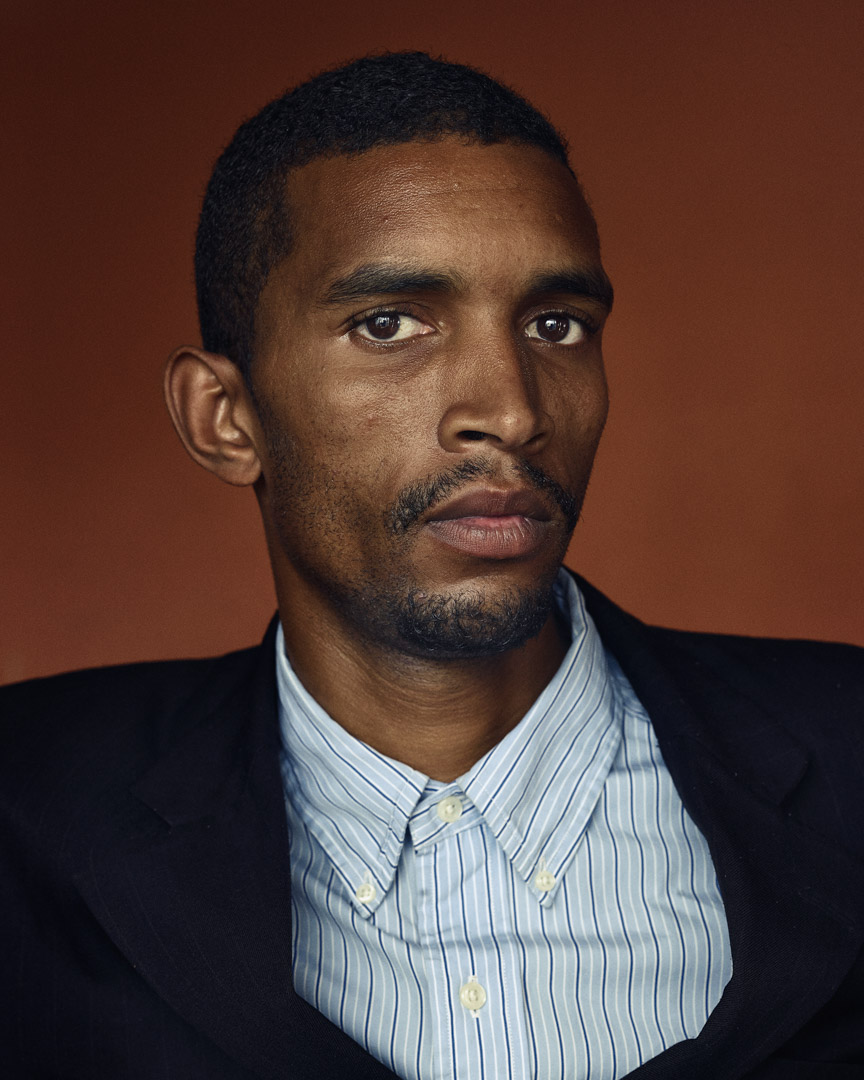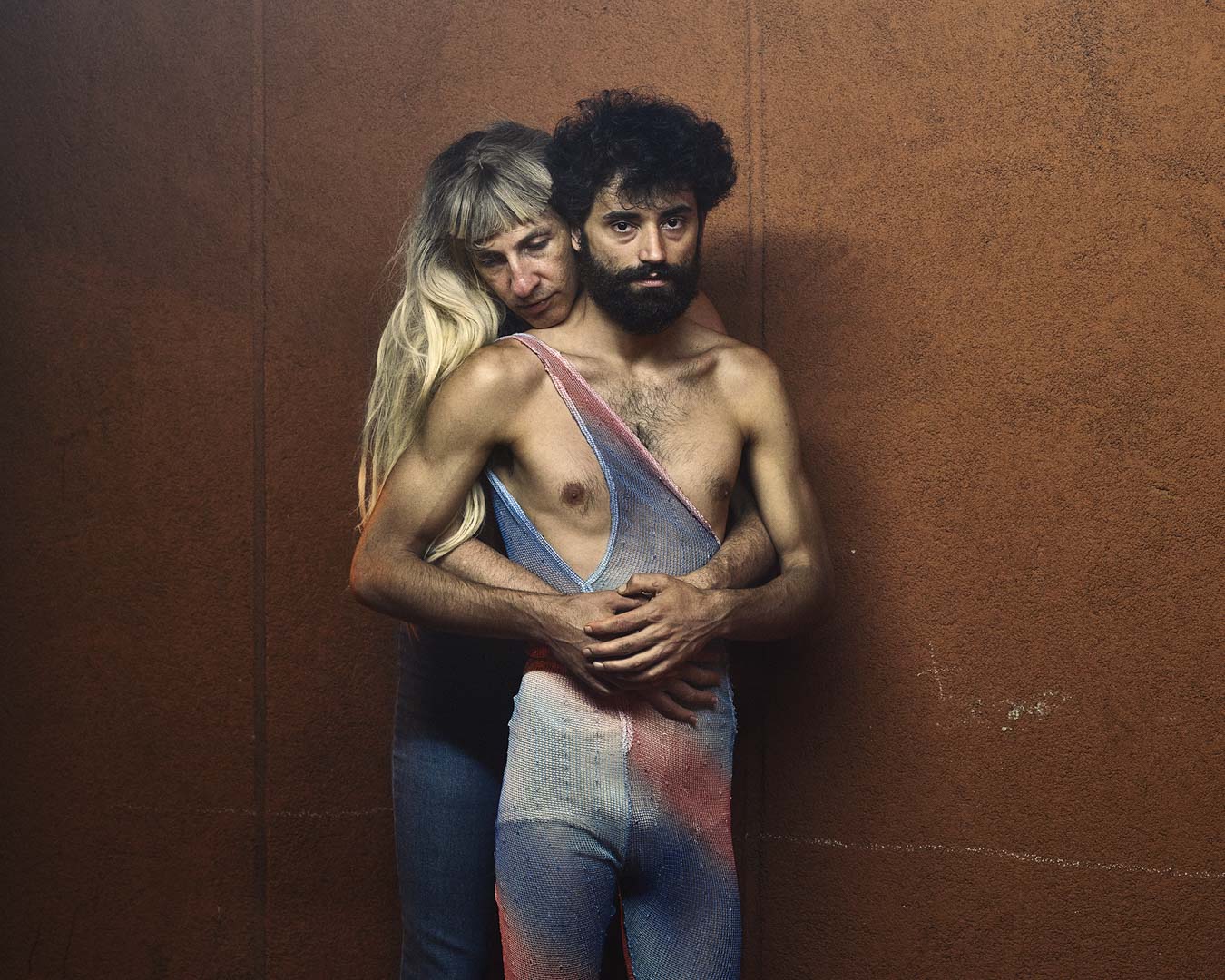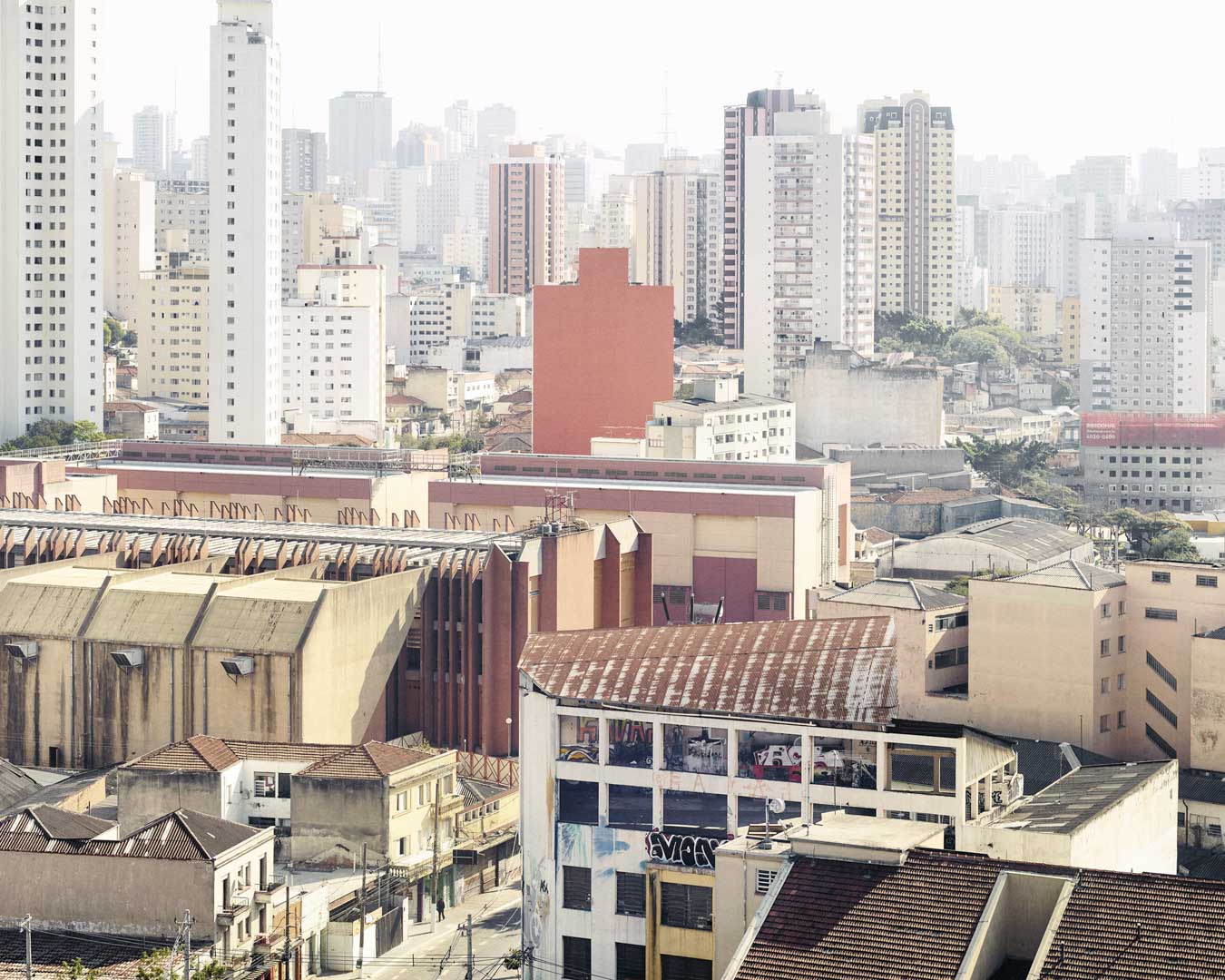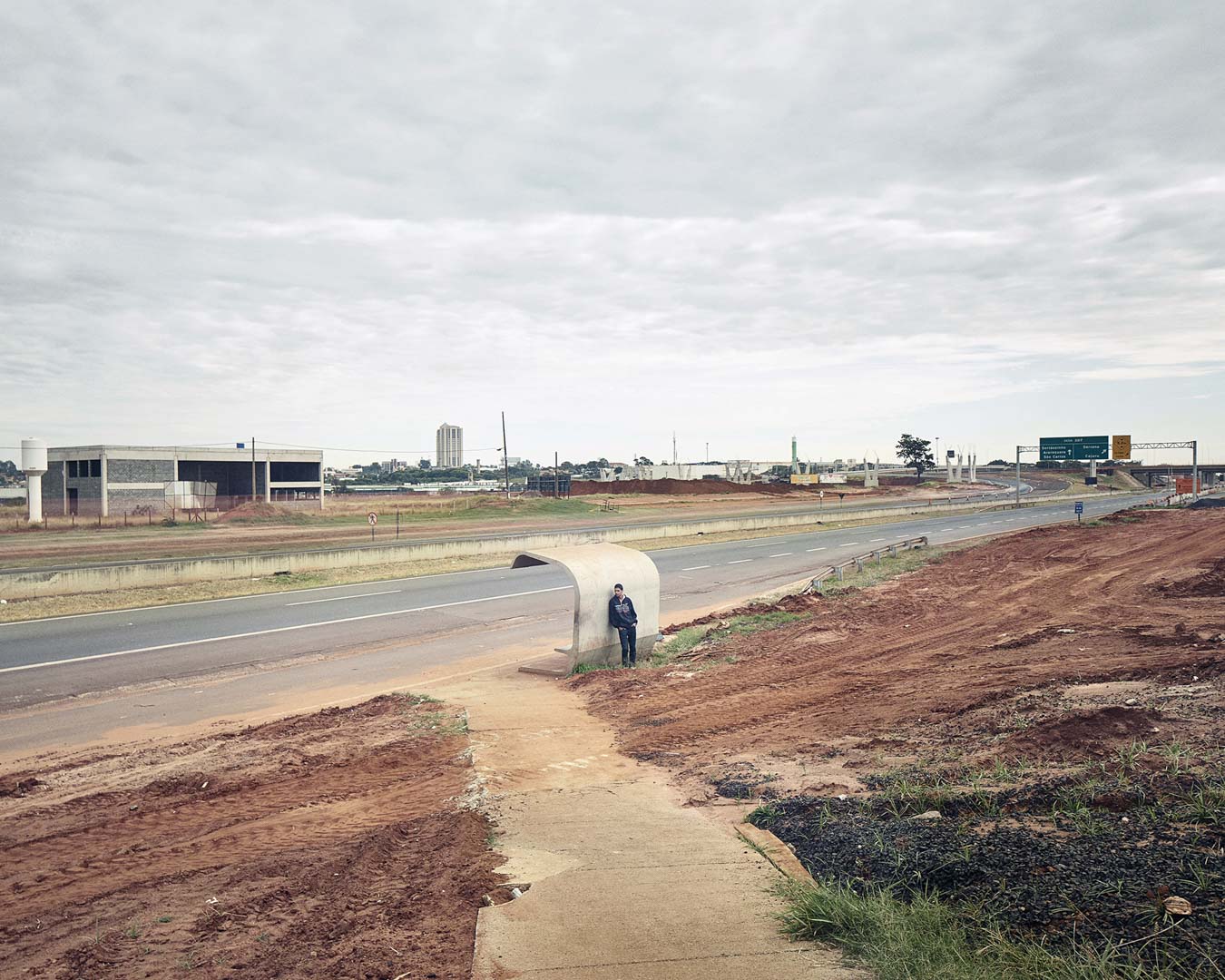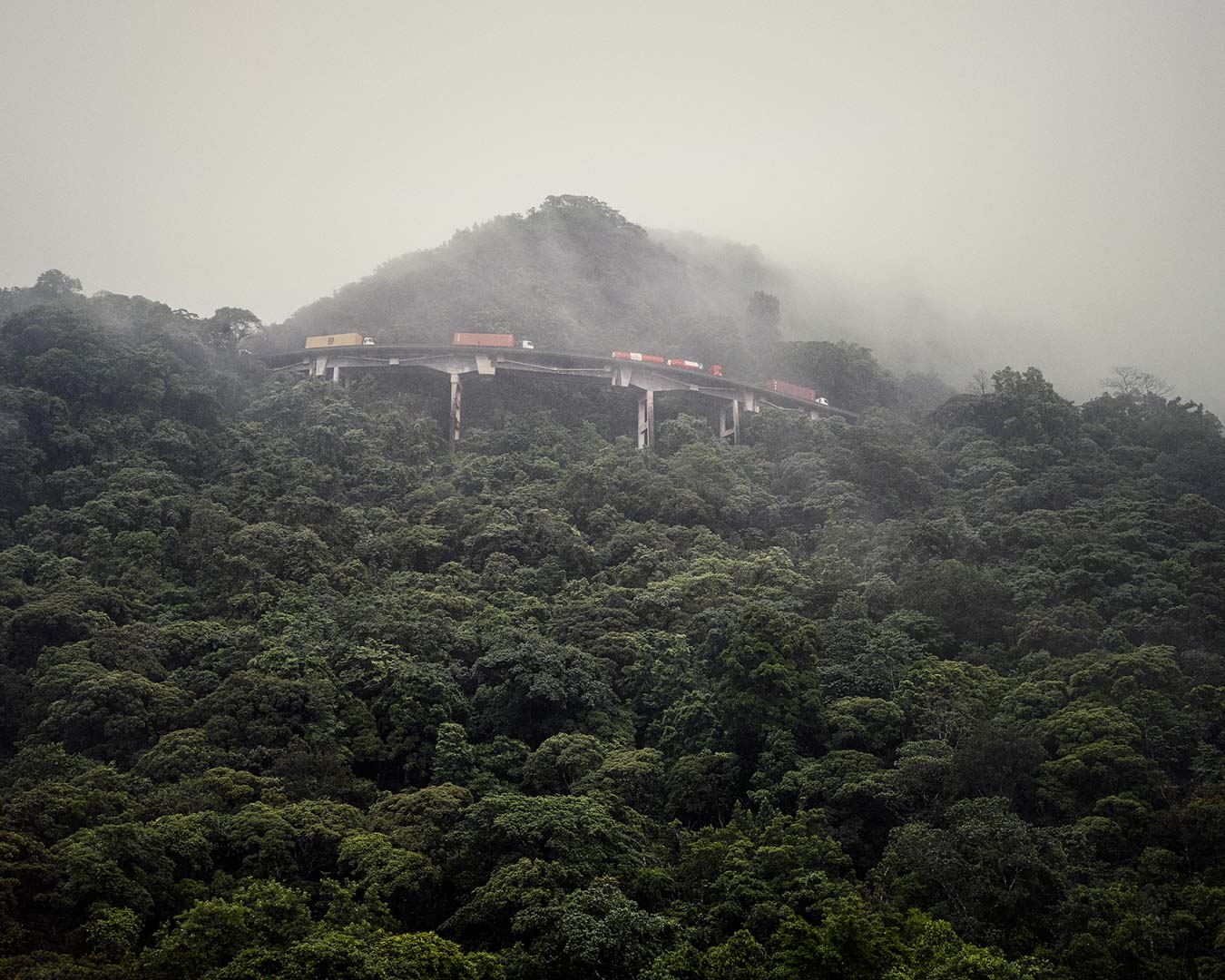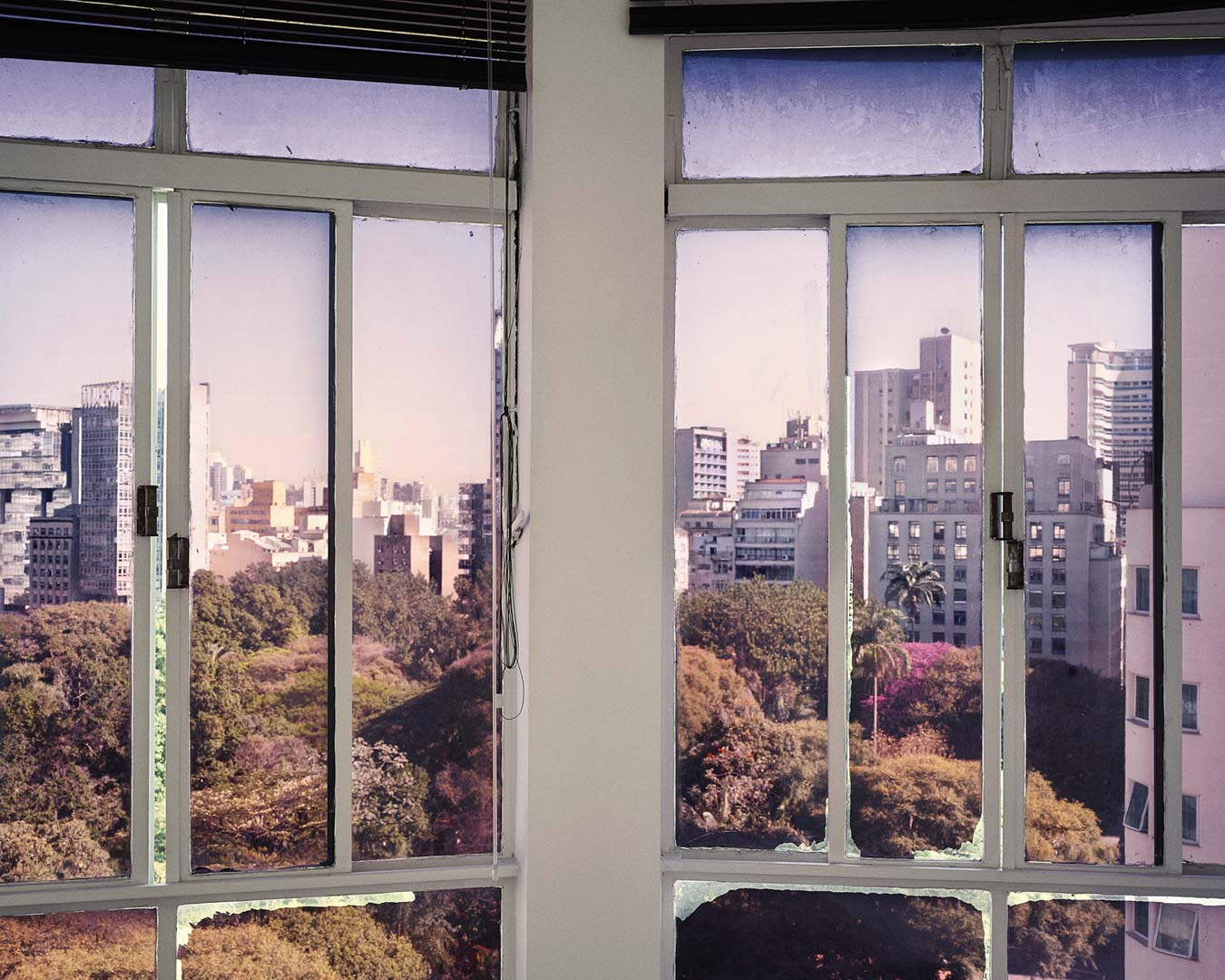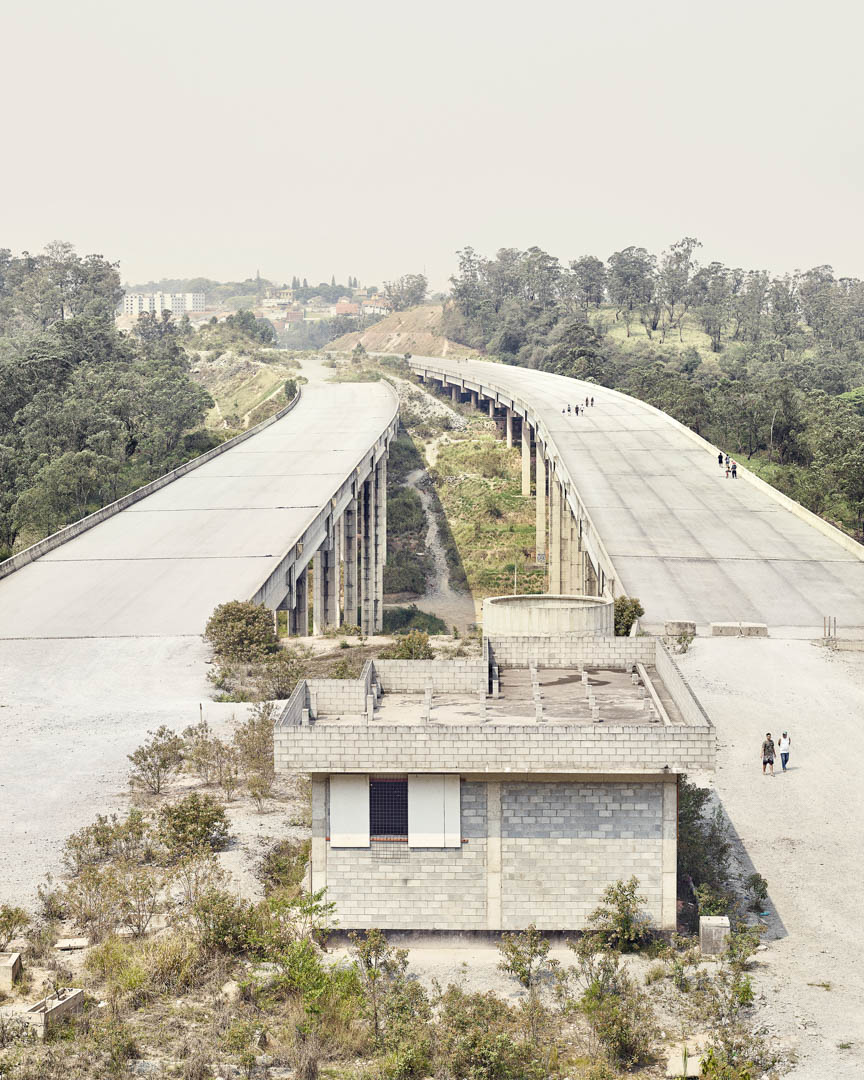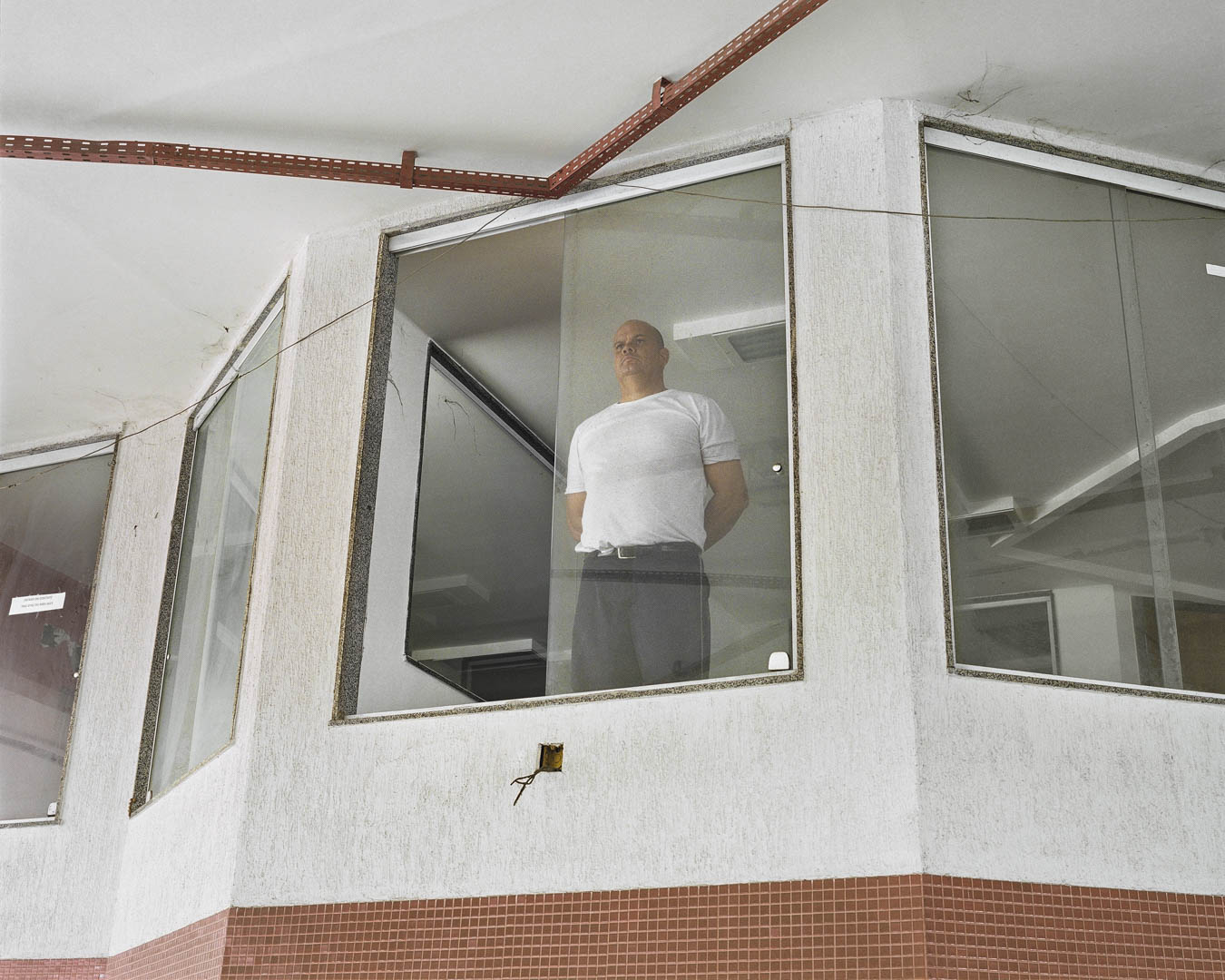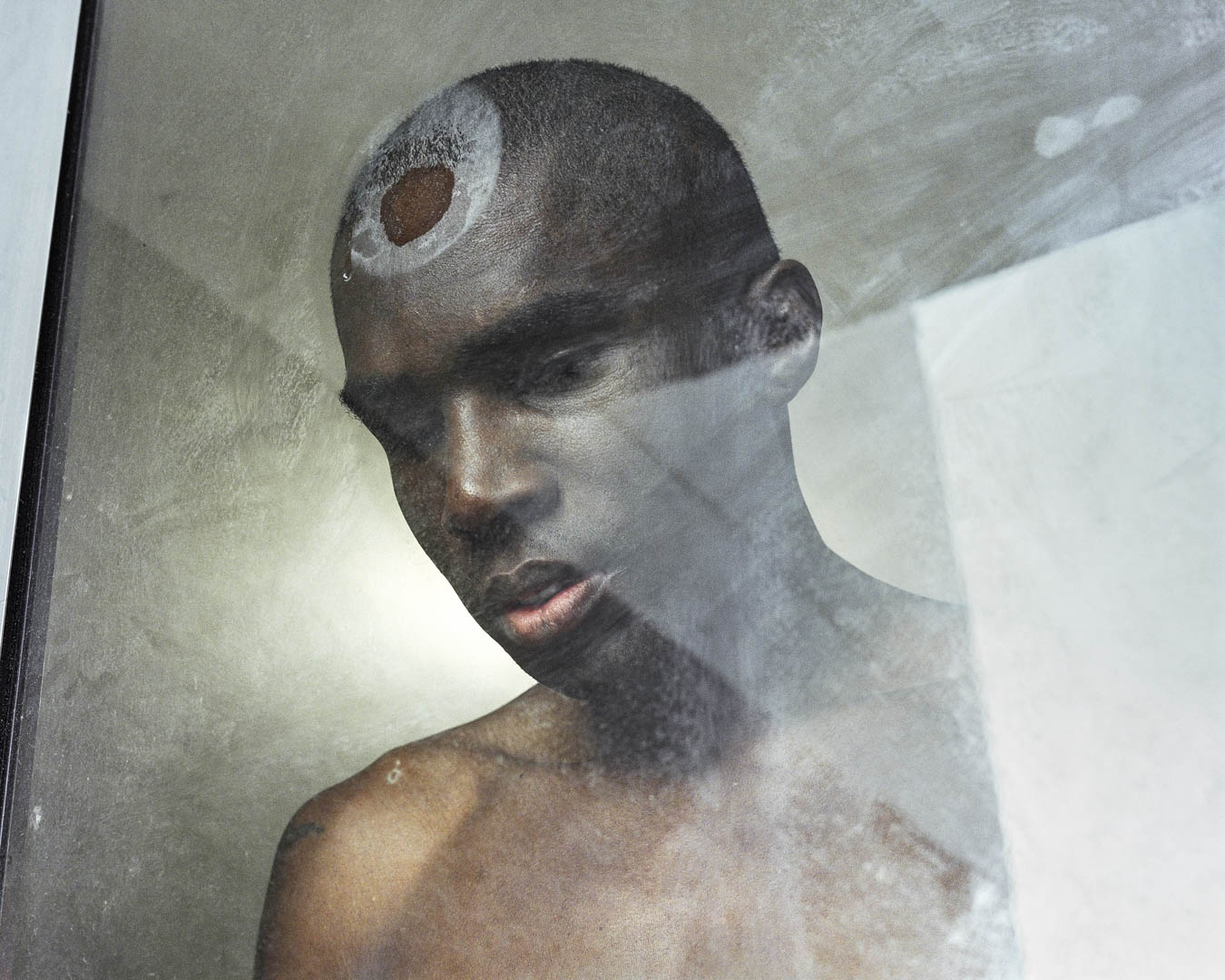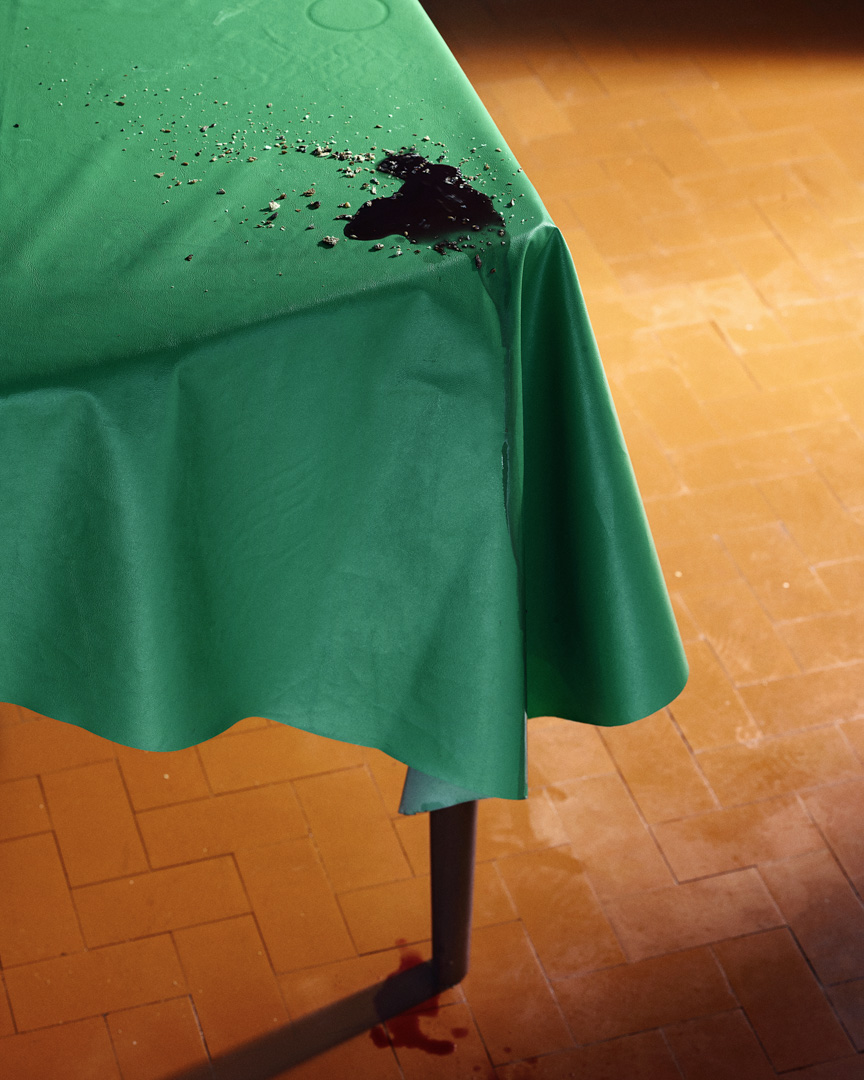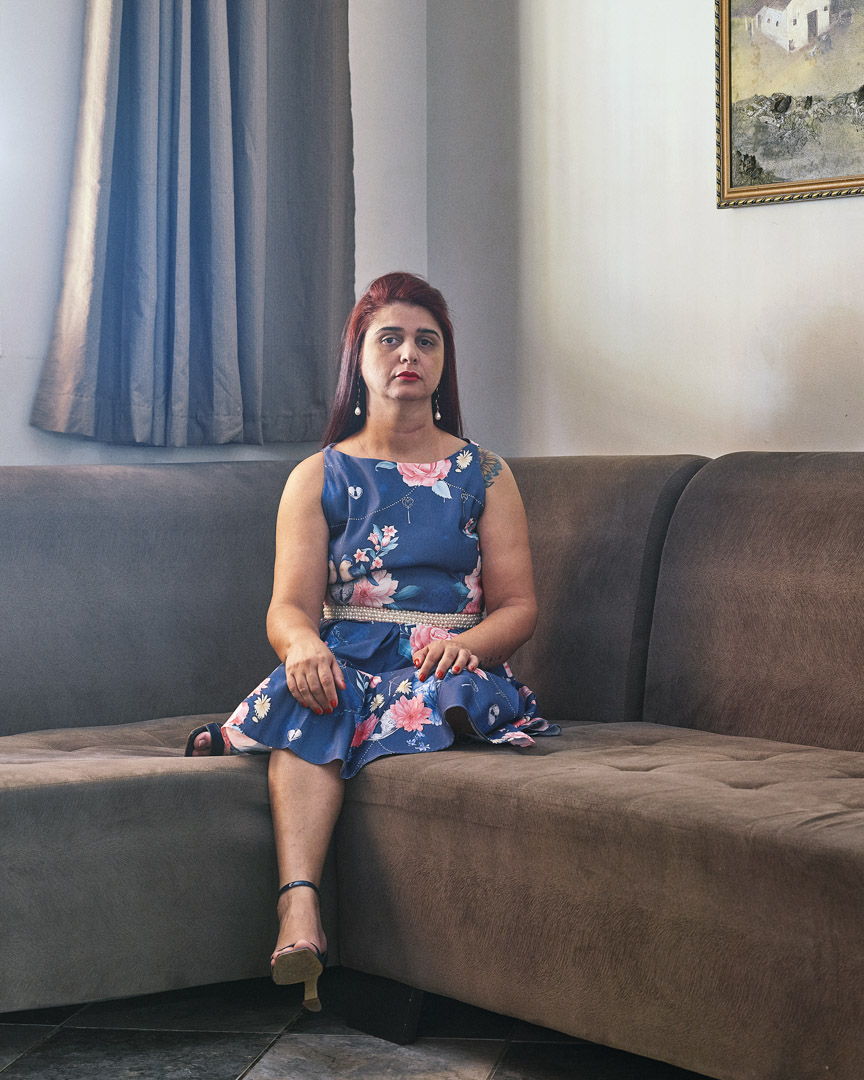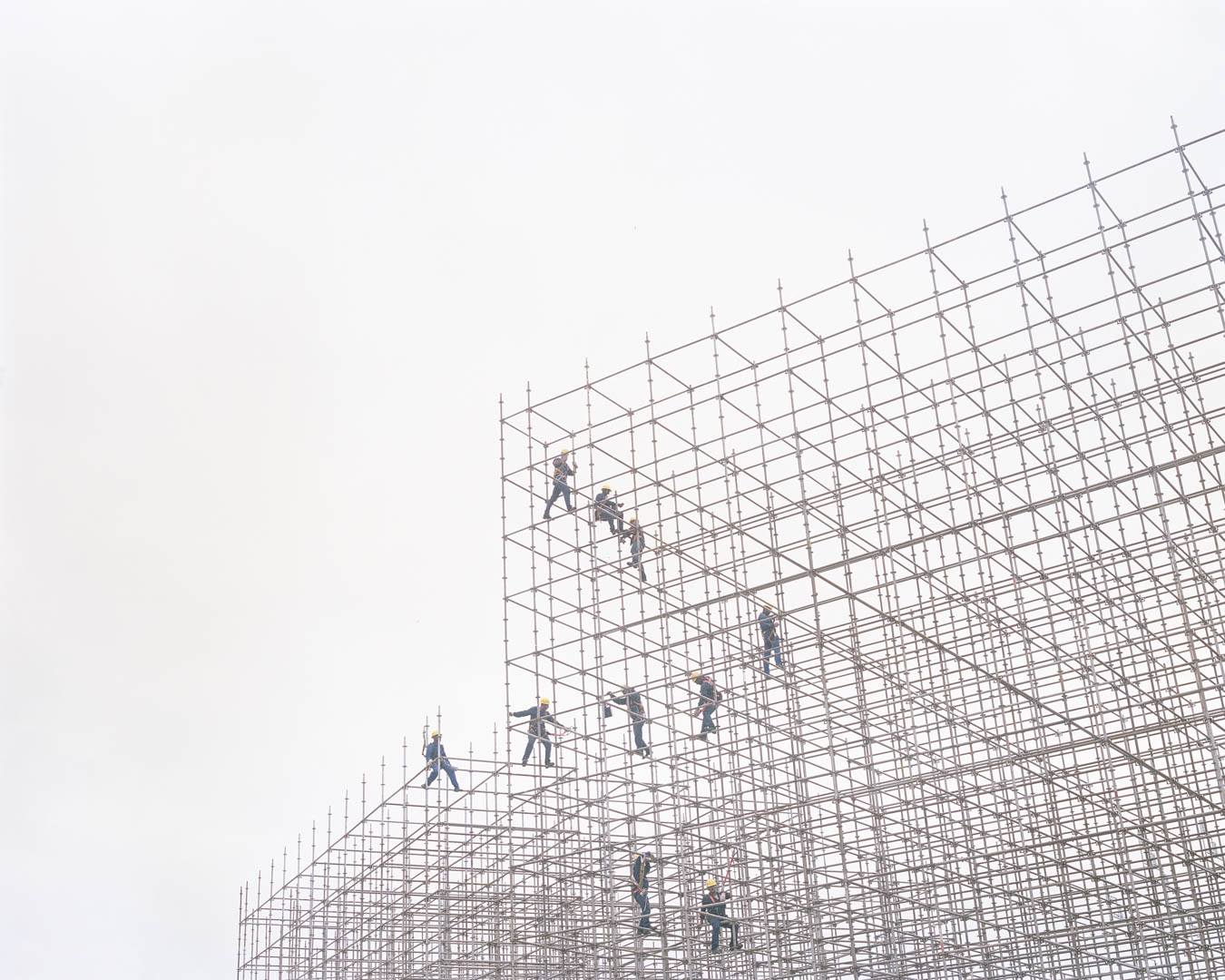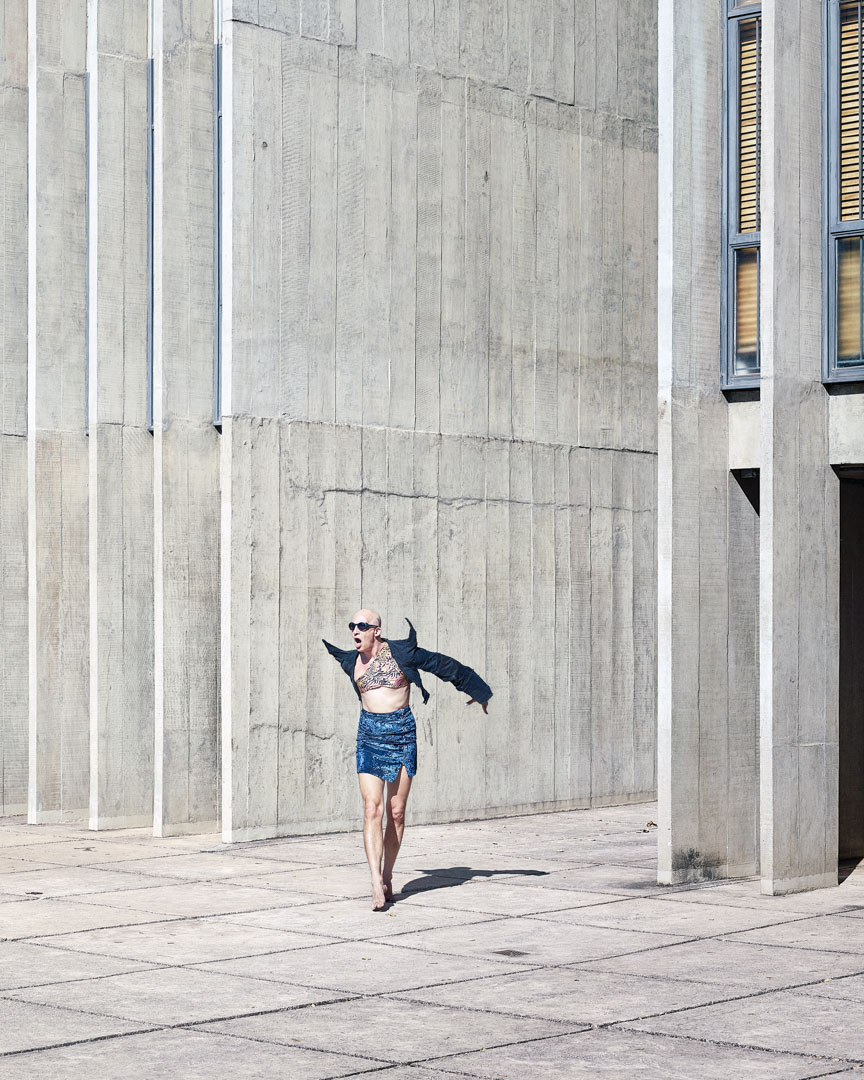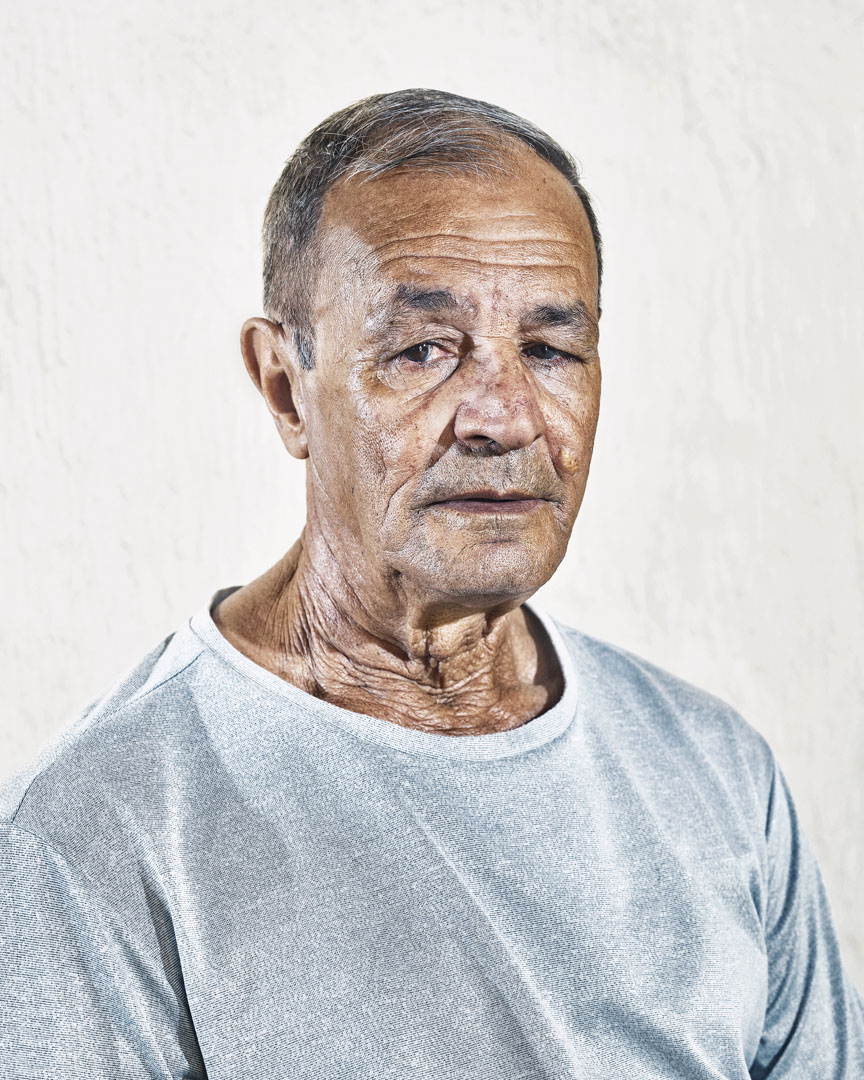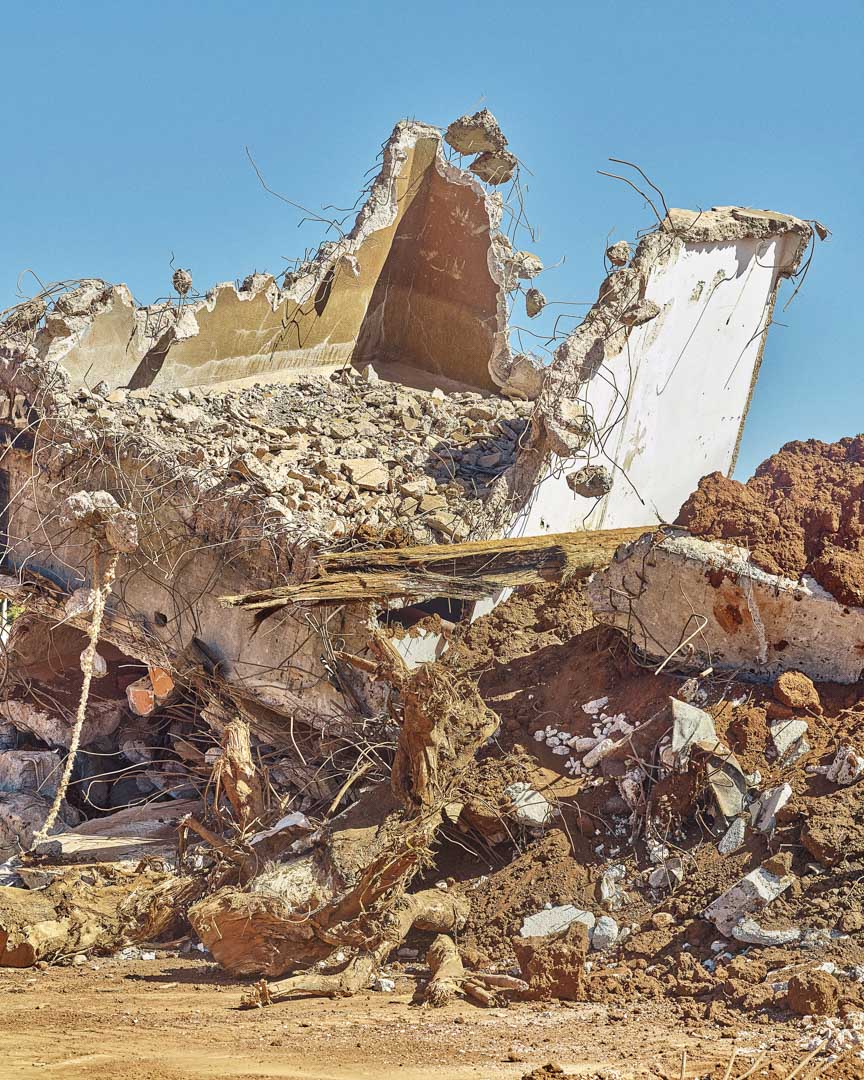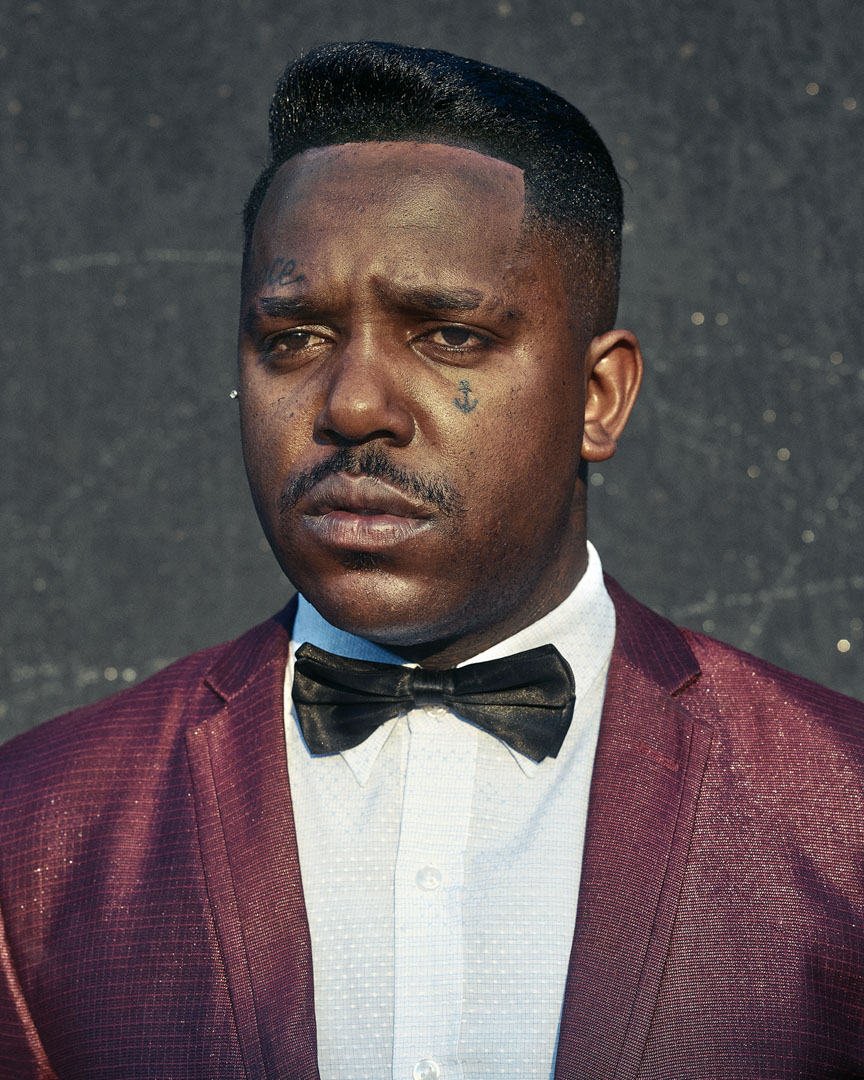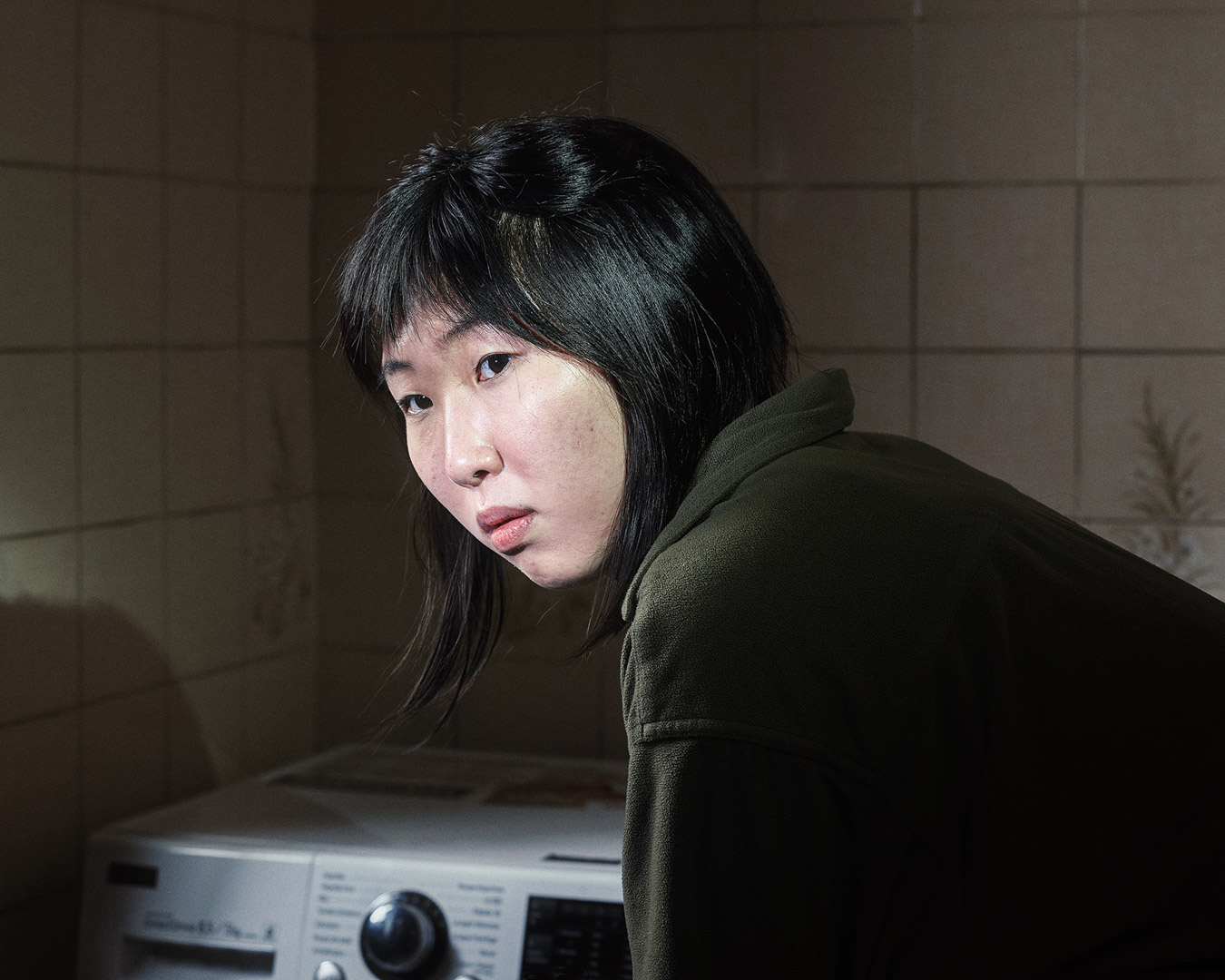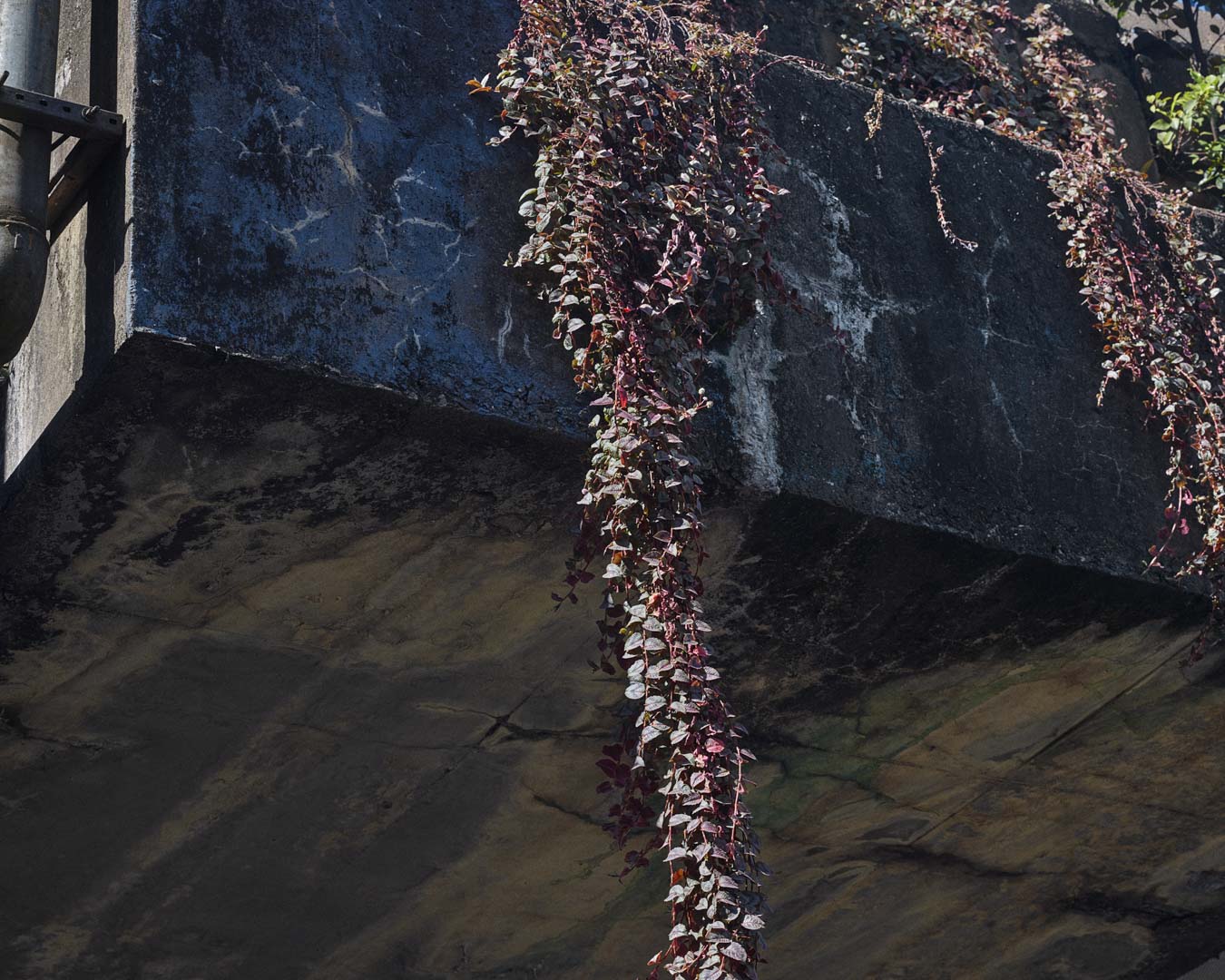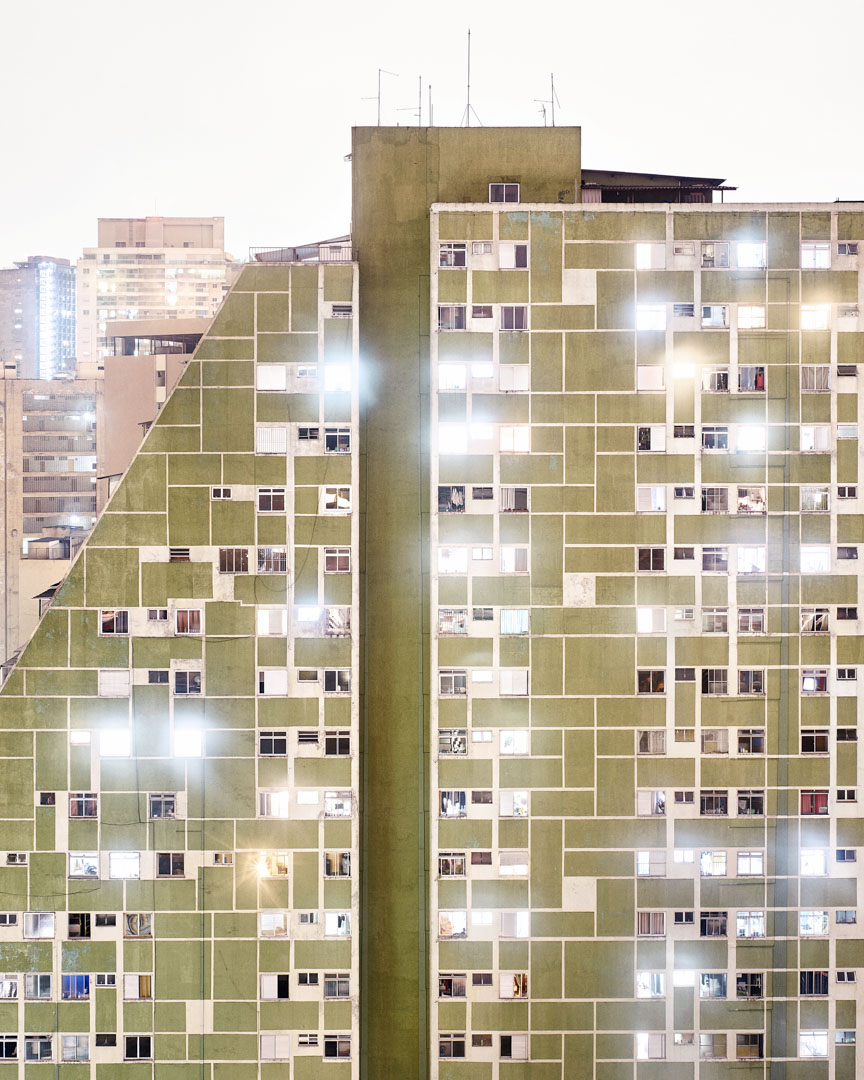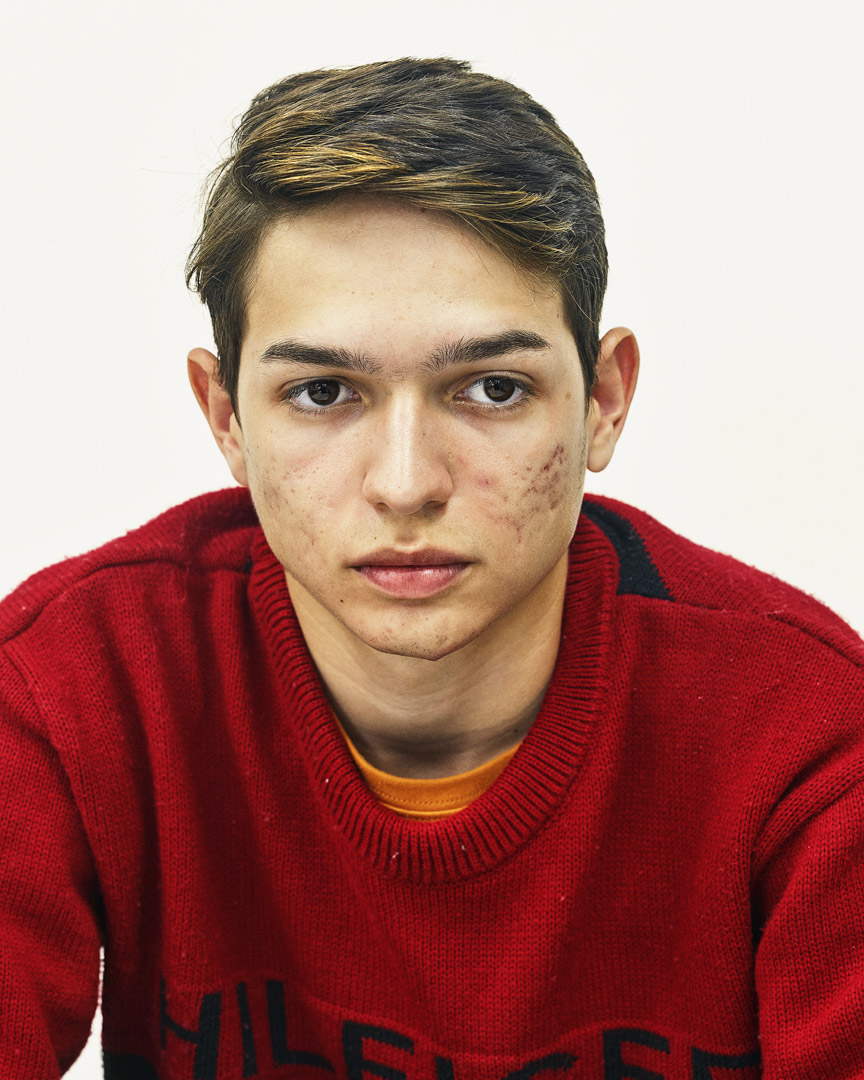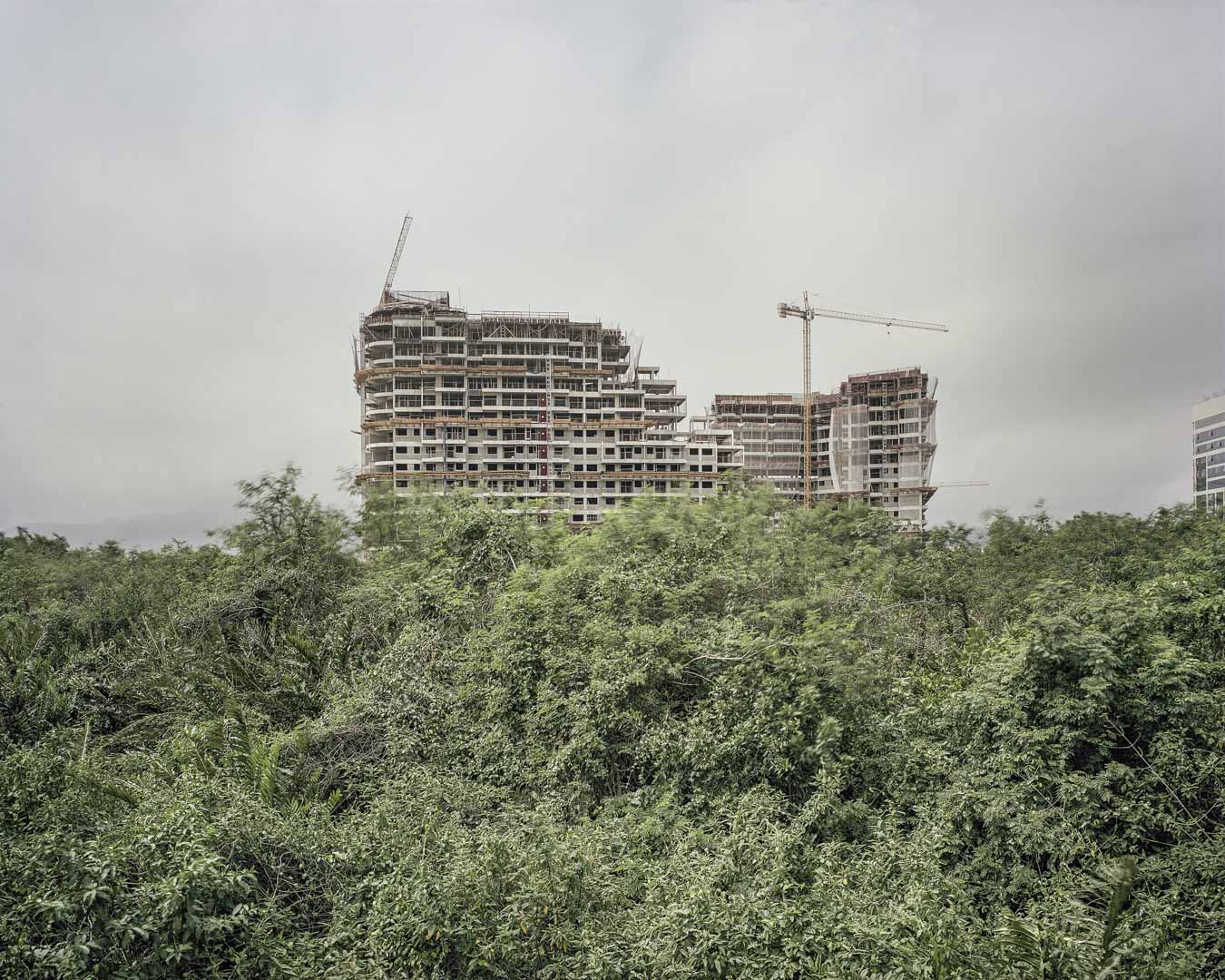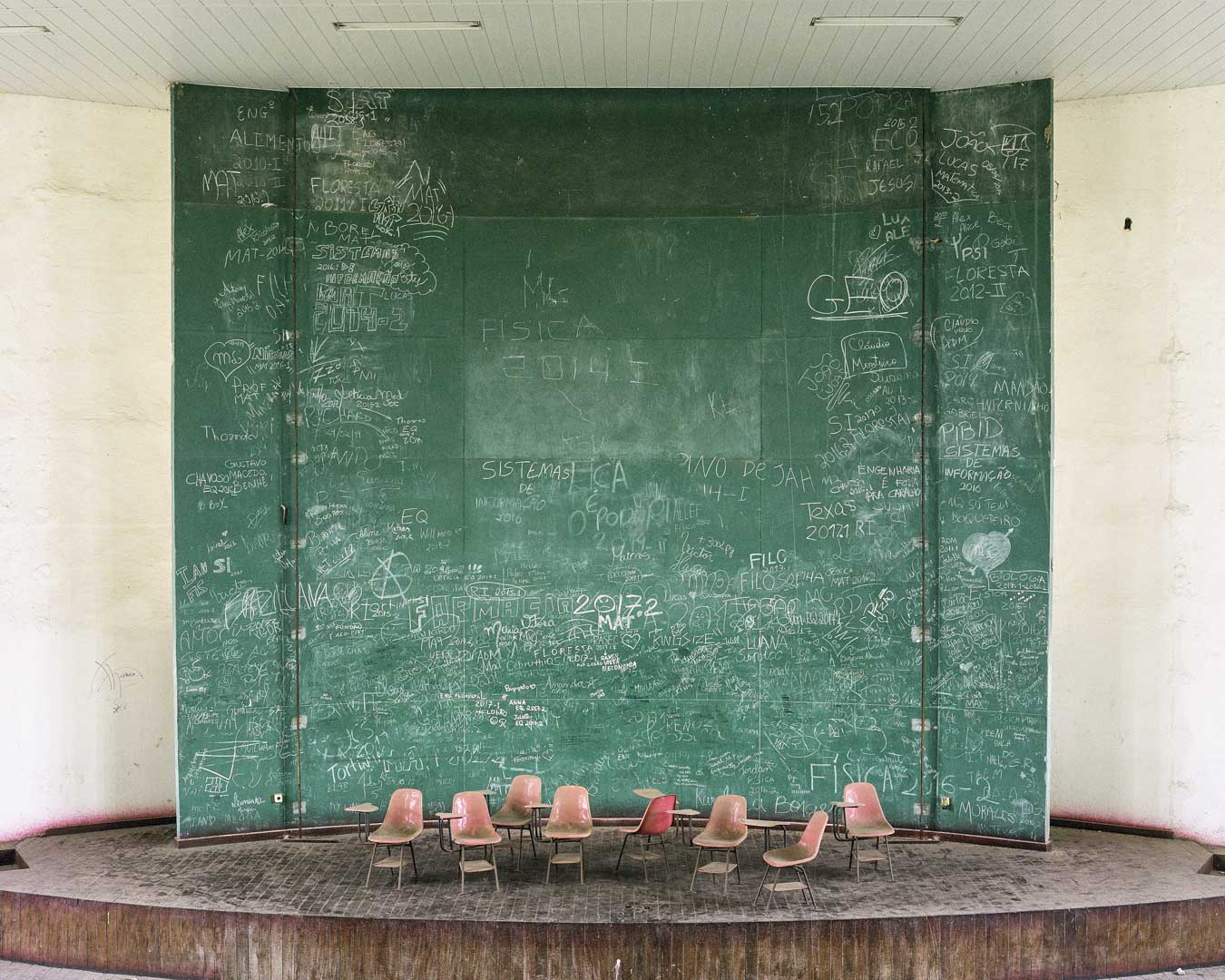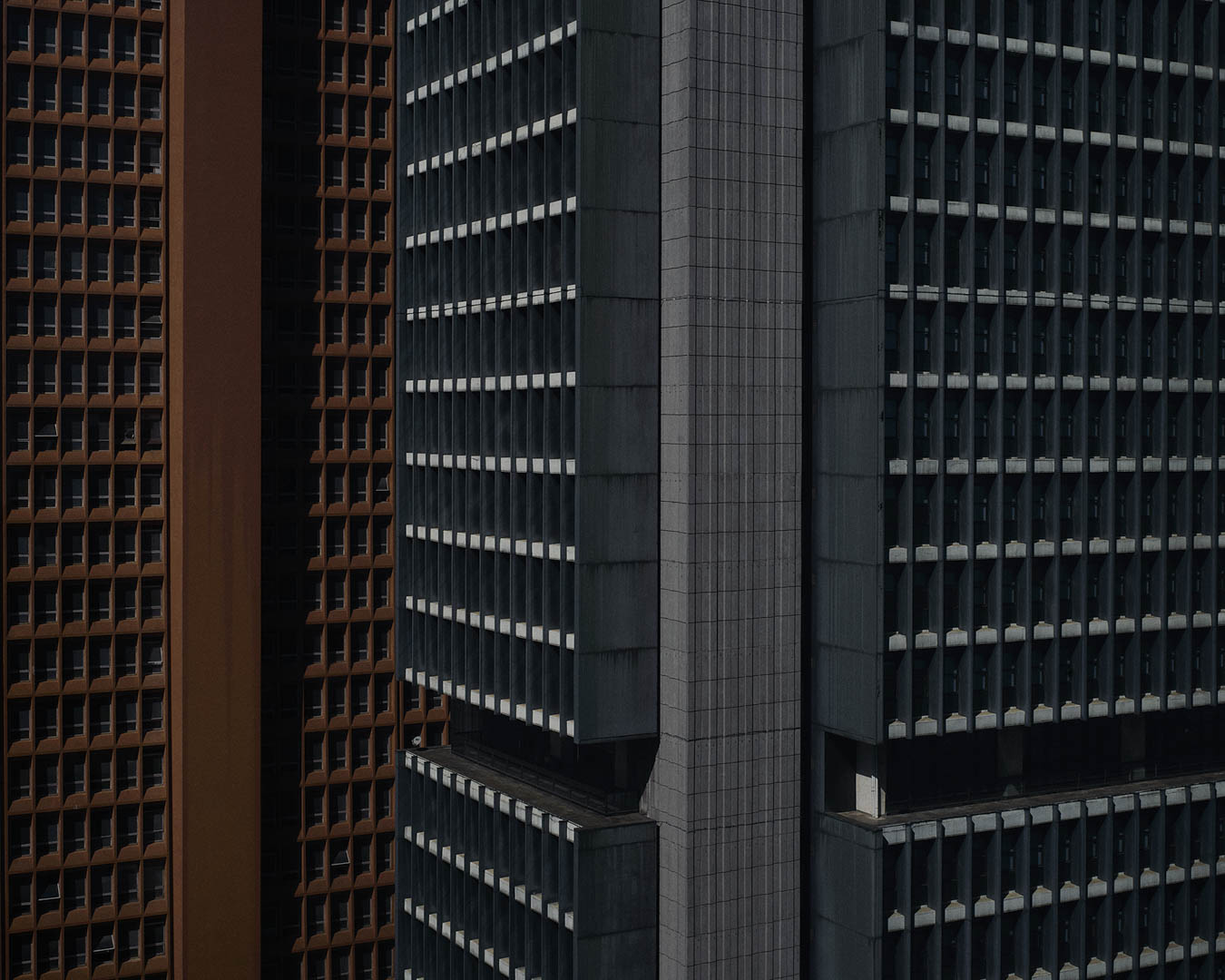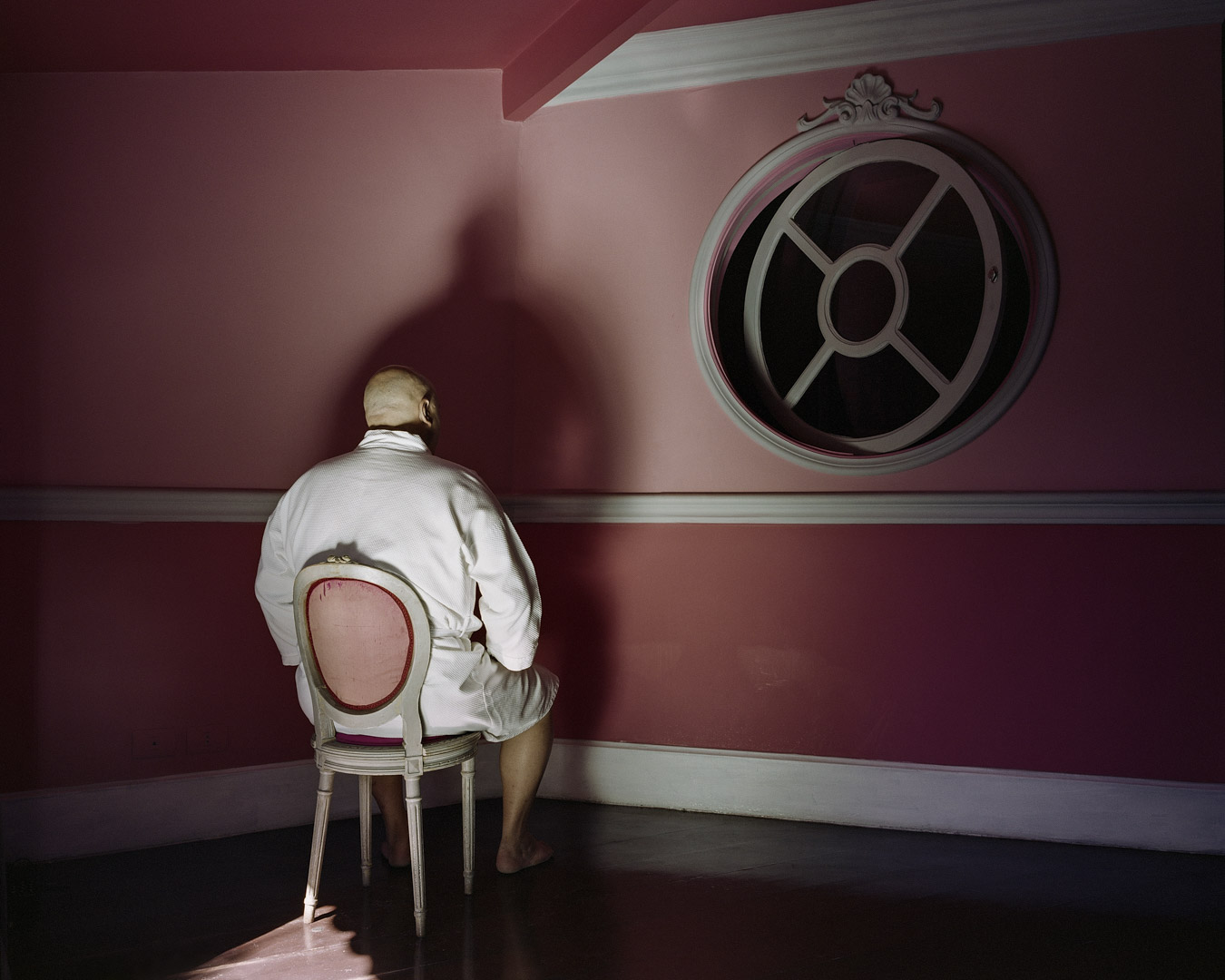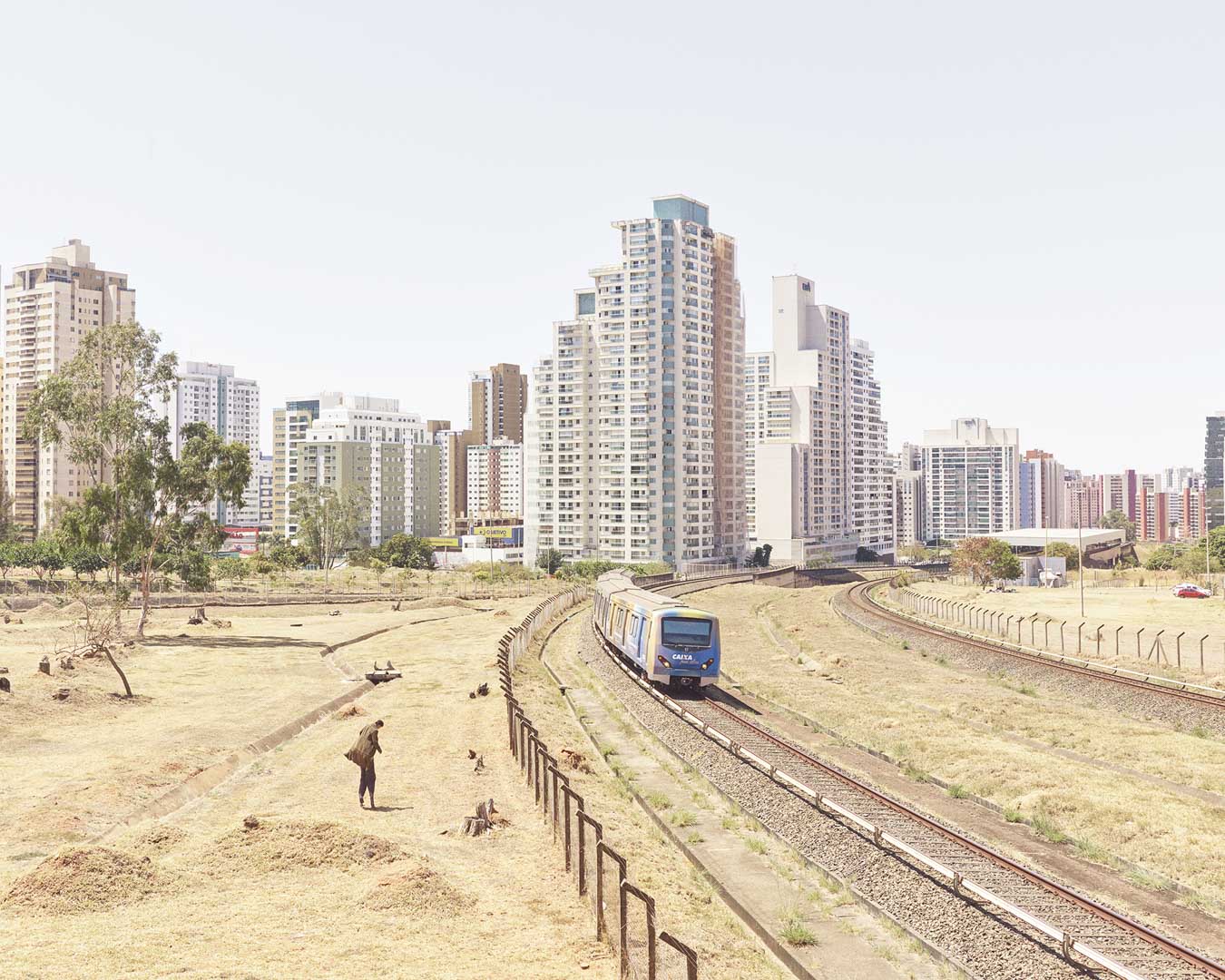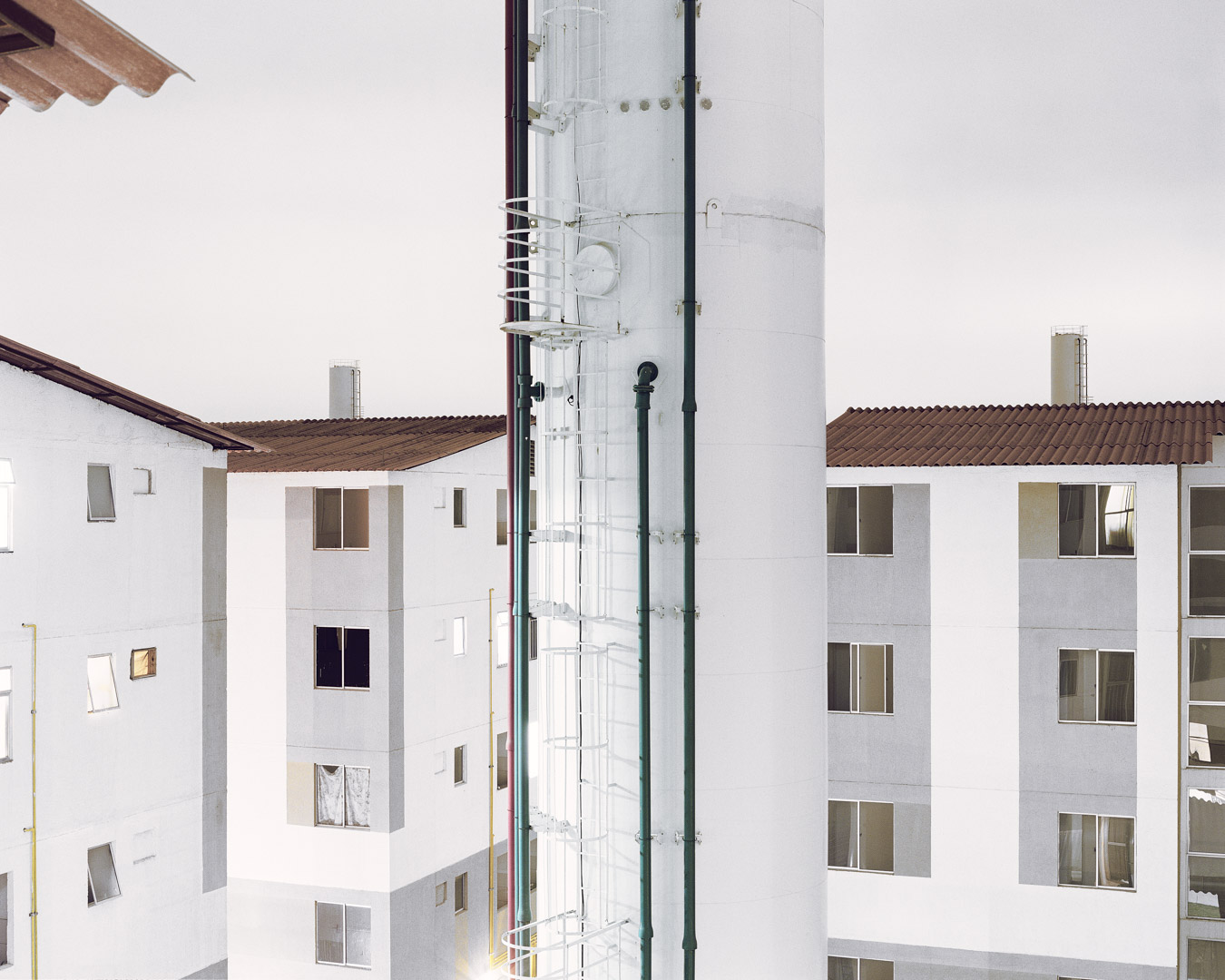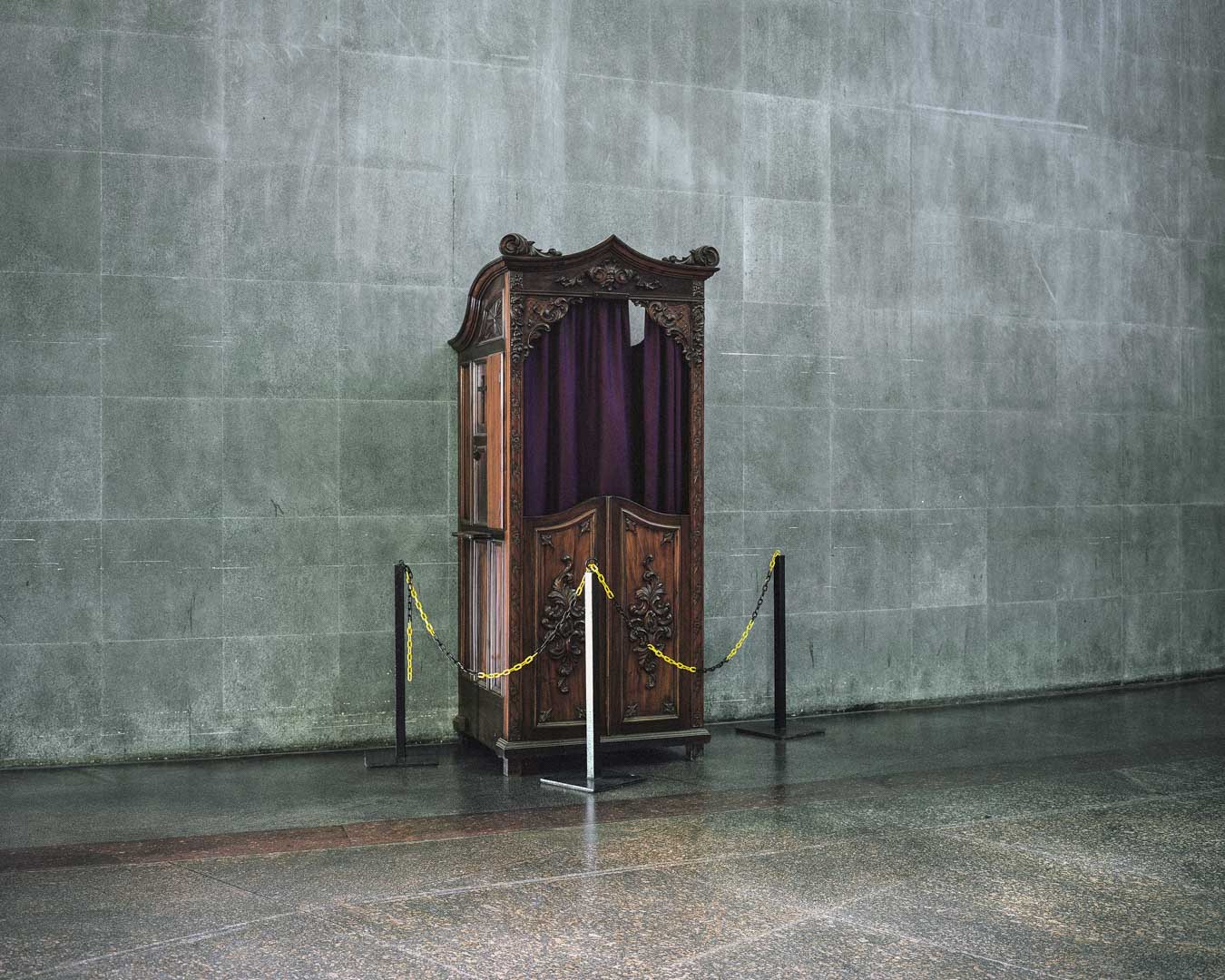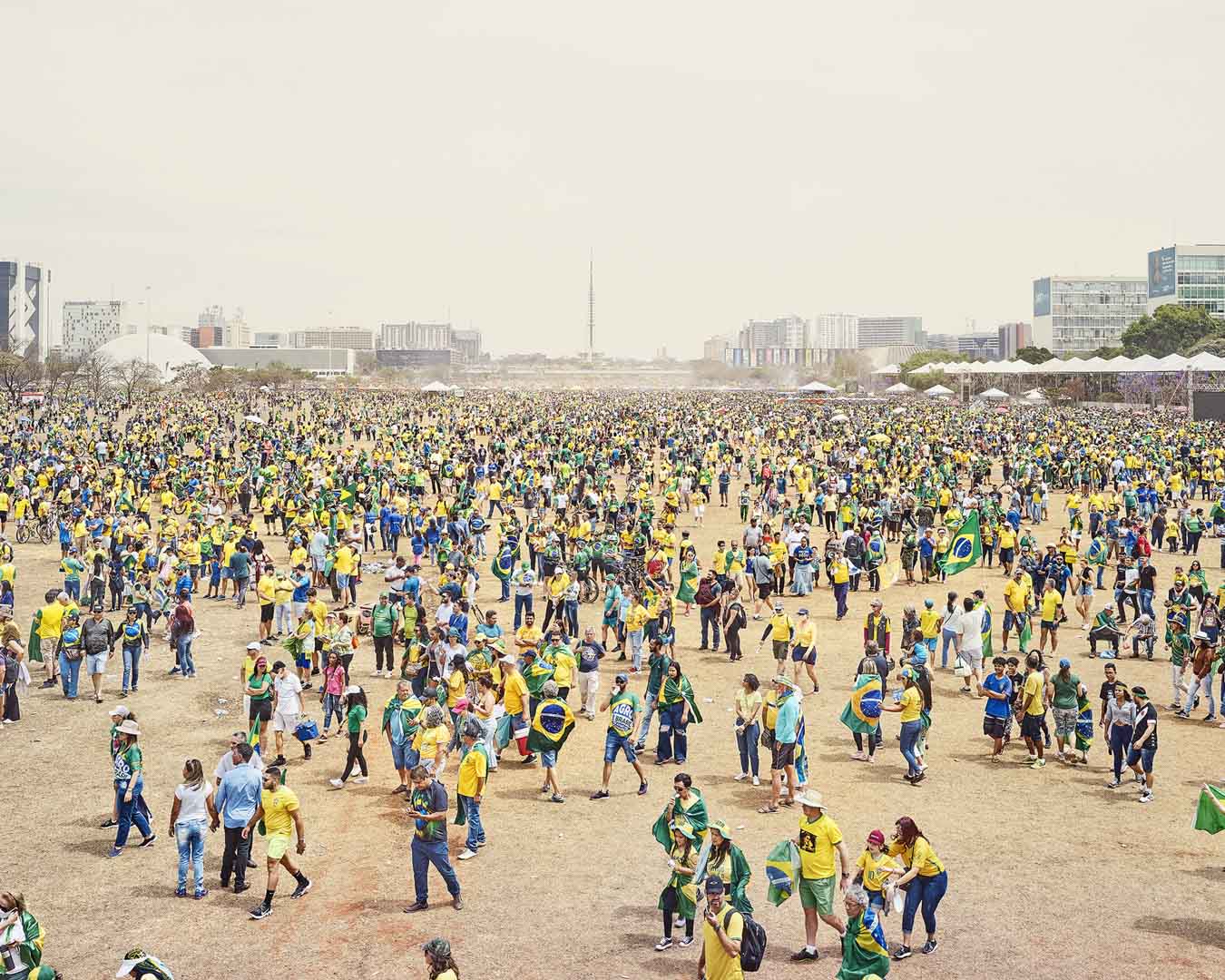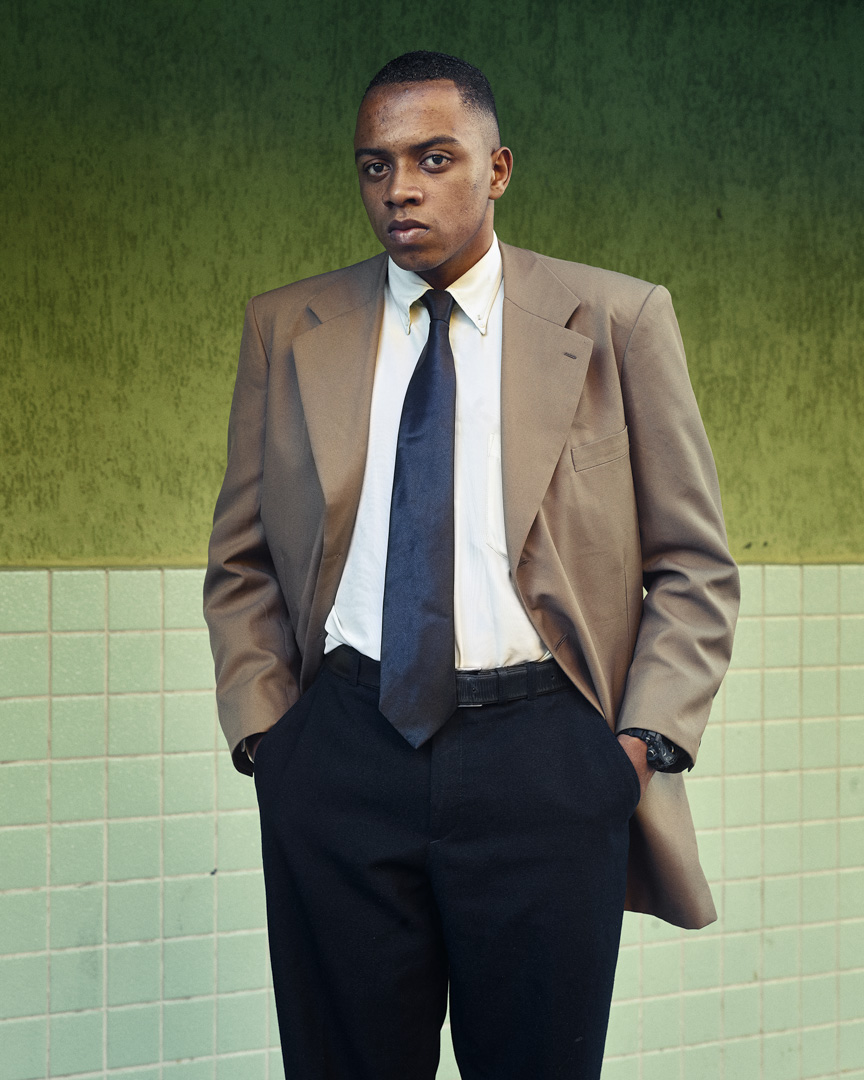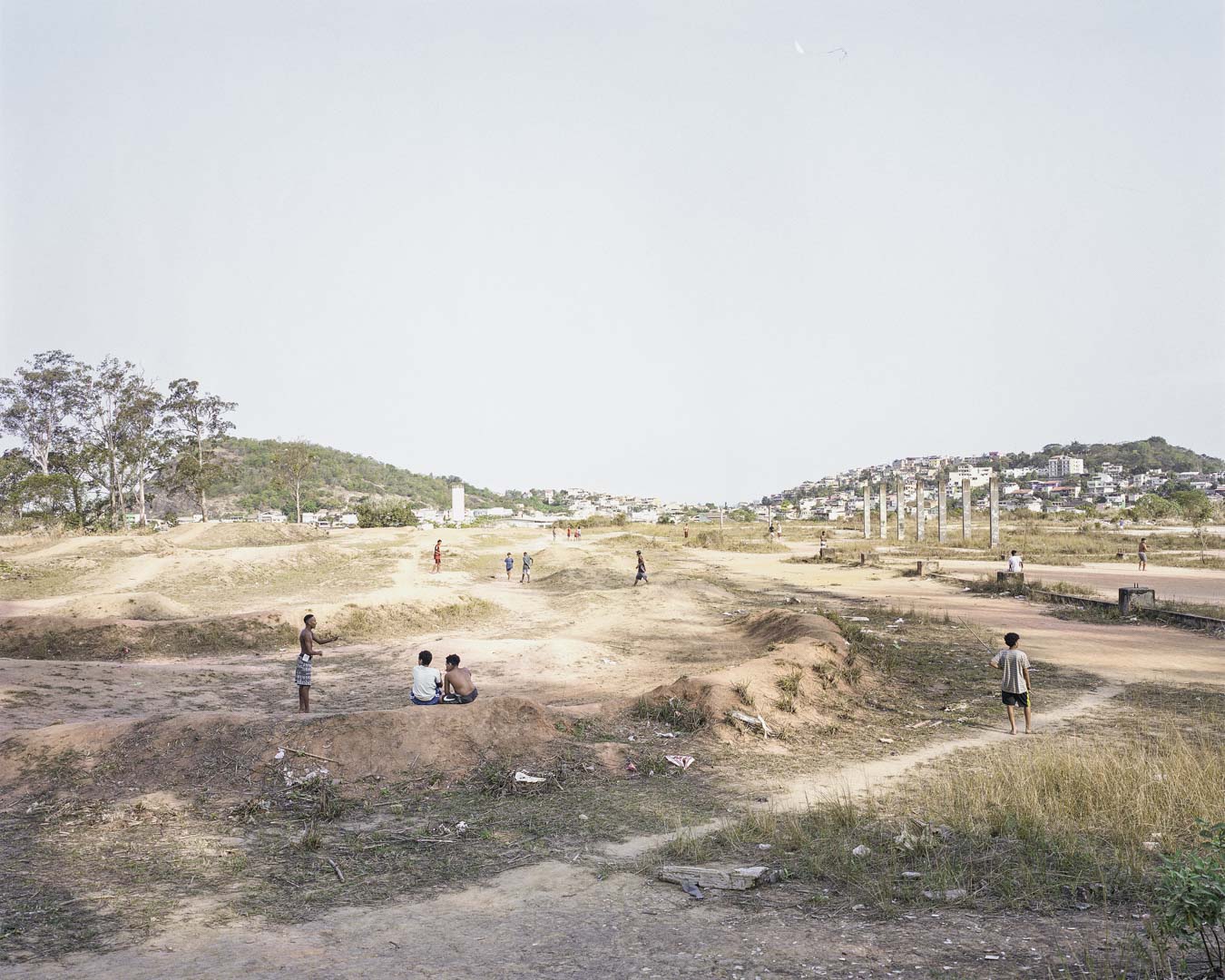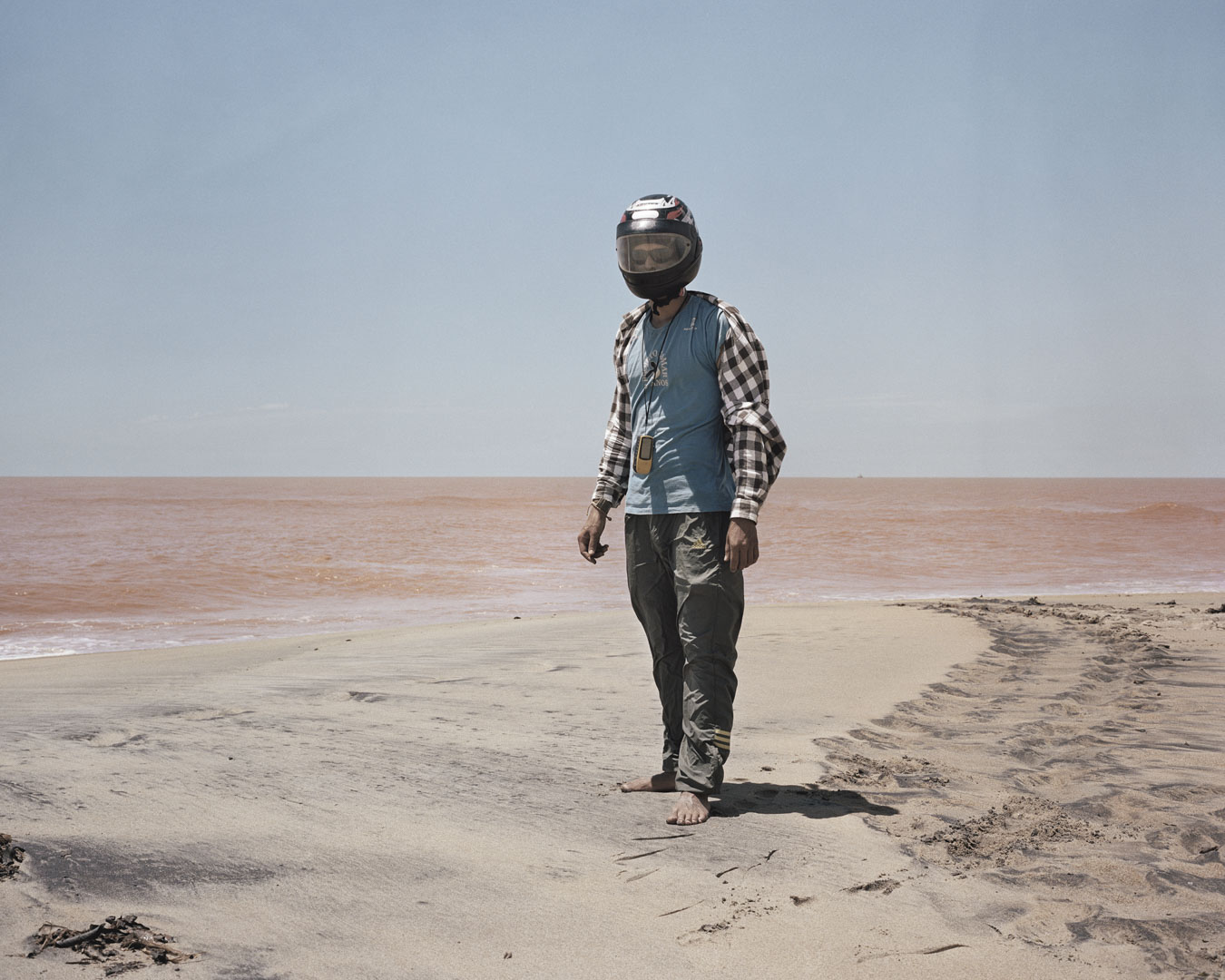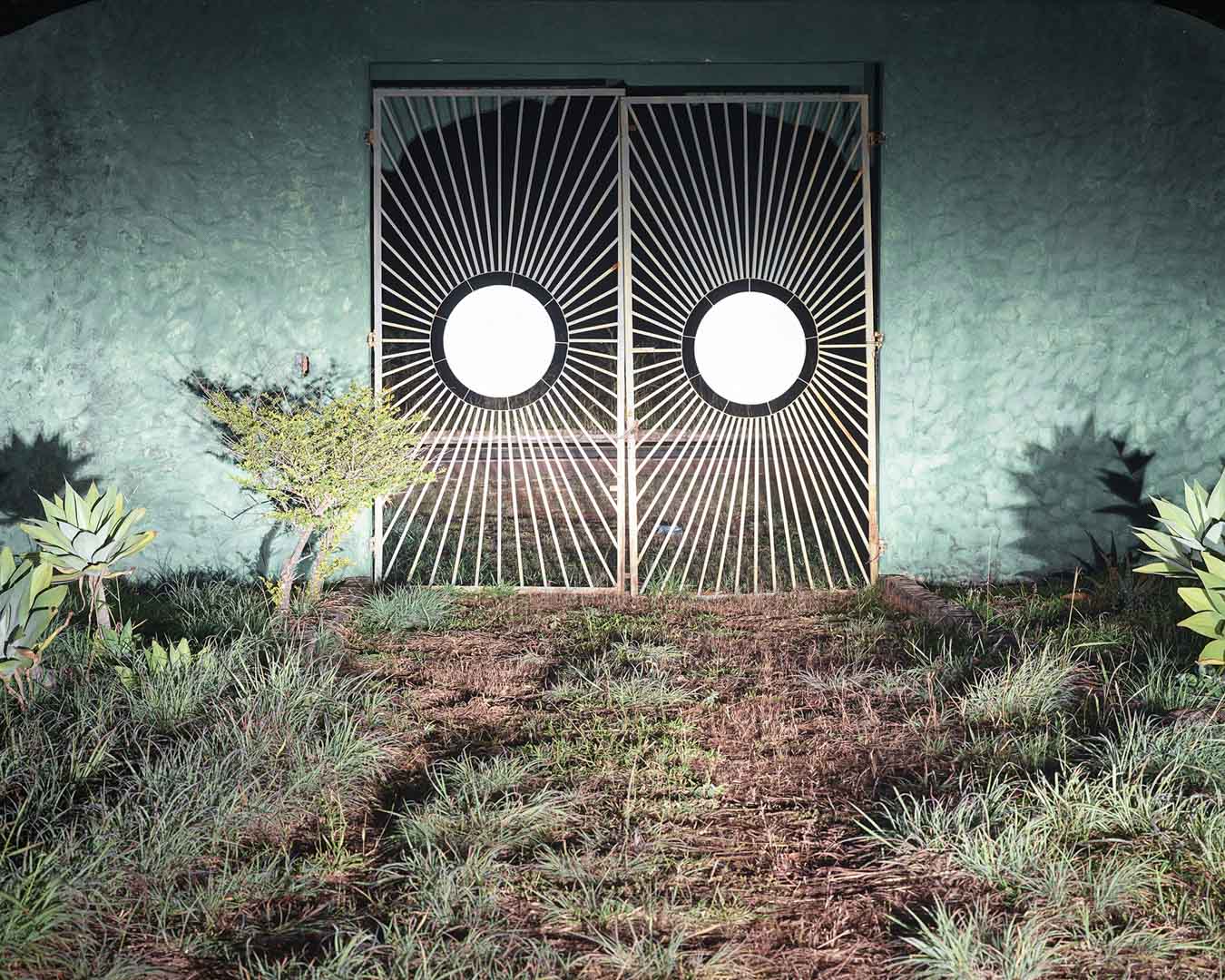Île Brésil, 2013-2023
Île Brésil started by chance and intuition. For various reasons, I moved to the West Zone of Rio de Janeiro in 2013. It’s an immense territory, located more than 50 kilometers from Rio’s tourist attractions, but nevertheless part of the city. Here, I discovered spaces that went against the usual representations : very few favelas, no wealthy neighborhoods, low population density, gigantic wastelands, small condominiums separated from other condominiums by walls or fences. Silence, emptiness, places without borders or centers, lonely people, no public space. The sensation of isolation is not only geographical, but also subjective, mental. The metaphor of insularity seems omnipresent.
As my installation progressed and I began to carry out assignements throughout Brazil, I discovered that this type of space was very widespread in the country. So I began to document the territory in which I now lived, touring it on foot, by bus or motorcycle, without really knowing how to structure this documentation. The tension that emanates from this world suggests that something is out of place, but what?
Then I had a decisive meeting with the Brazilian writer João Paulo Cuenca, who took an interest in my work and made sense of my questions. João believes that by showing this “infraordinary” Brazil, which is never seen, I’m putting my finger on a reality of the country which refers to its history. He says : “In a country that has not made its revolution and has not transcended its slavery and ethnocidal memory, the inhabitants are like prisoners of a permanent present, with no awareness of the past and no possibility of projecting themselves into a truly new future“.
With this key of understanding, the territories I photograph become complementary pieces of the same puzzle, whose material is collected through meetings, hints and correspondences. My work is carefully conceived as a geographically and socially coherent whole. Rather than answering my own questions, I seek to express them through the images I produce.
At the end of 2018, far-right candidate Jair Bolsonaro – who has made his entire political career in the Carioca West Zone, was elected president. I then wanted to expand my research by confronting it with another, similar territory. I left Rio to settle in Grand São Paulo State, the immense circular periphery of Latin America’s largest city. By a curious mirror effect, as in Rio, public space seems pulverized, bodies and glances avoid each other. I spent three years criss-crossing this territory, inviting myself into the homes of the inhabitants, always guided by the reading grid given to me by João Paulo Cuenca. At the end of 2021, I had completed my work on Grand São Paulo, but I had the feeling that there was still a piece missing to decipher the enigma. I asked myself : should I go back to the margins of another major Brazilian urban center ?
In the end, I headed for Brasília, that tiny outlying capital, purposely built in the middle of a desert, far from everything. My work consists of alternating between the pilot plan – the center of Brasília – and the satellite towns of the Federal District. As in Rio and São Paulo, barracks-like housings of varying sizes can be seen on the horizon. At a distance, we can identify areas of power – churches, ministries, universities, government palaces – that watch over immense empty interiors. Their colossal proportions seem to expose passers-by, designating them out as much as isolating them. A peculiarity of Brasília is that the machinery of government appears as it is, a vestige of a future already past.
The inhabitants I photographed appear to be exiled. They are indeed in the image, but they could also be outside it. But there’s something bigger that brings them together. A gleam in their dark eyes, something quiet and powerful, waiting to erupt.
This intuition leads Cuenca to say that “there is always hope that, from the rubble of the old new world, a truly new world will be born”. Here lies part of the Brazilian enigma, in this country where light illuminates as much as it obscures, where the idea of resistance is understood in an ambiguous duality : a force for movement but also an obstacle to change.
Ten years of uncompromising personal immersion were all it took to begin sketching the contours of this fascinating singularity.
PS : The title Île Brésil refers to the name given by medieval sailors to an imaginary, fantasized archipelago, somewhere in the Atlantic. This is the first mention of the word Brazil, even before the discovery of the country by the Portuguese Pedro Álvares Cabral on April 22, 1500.
